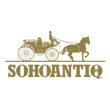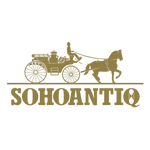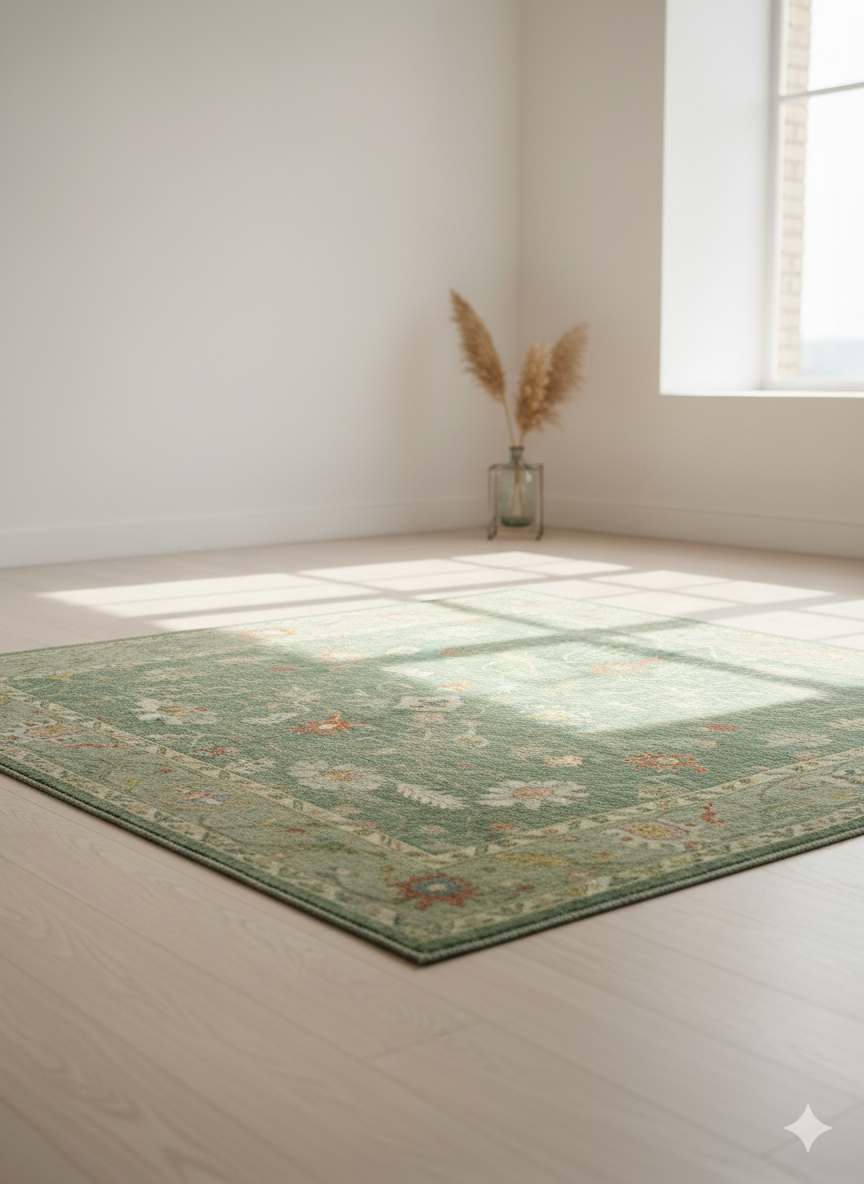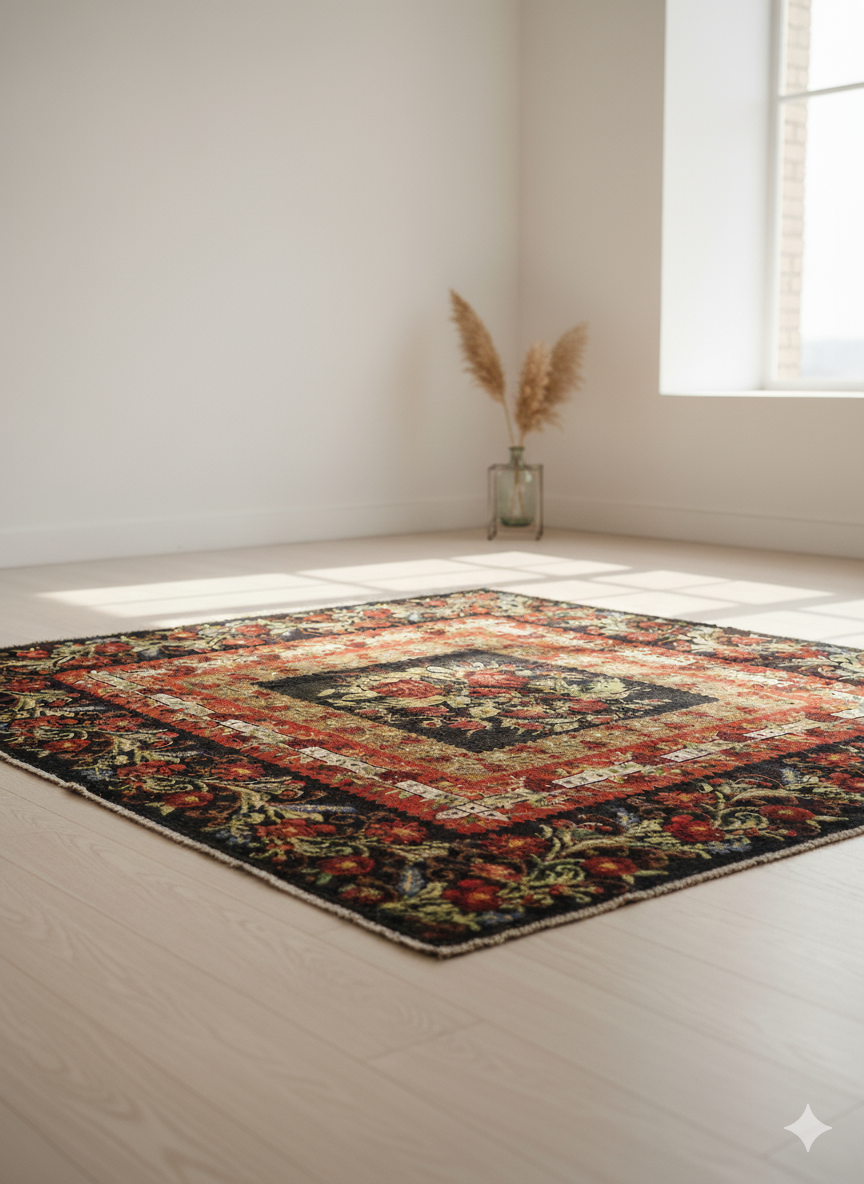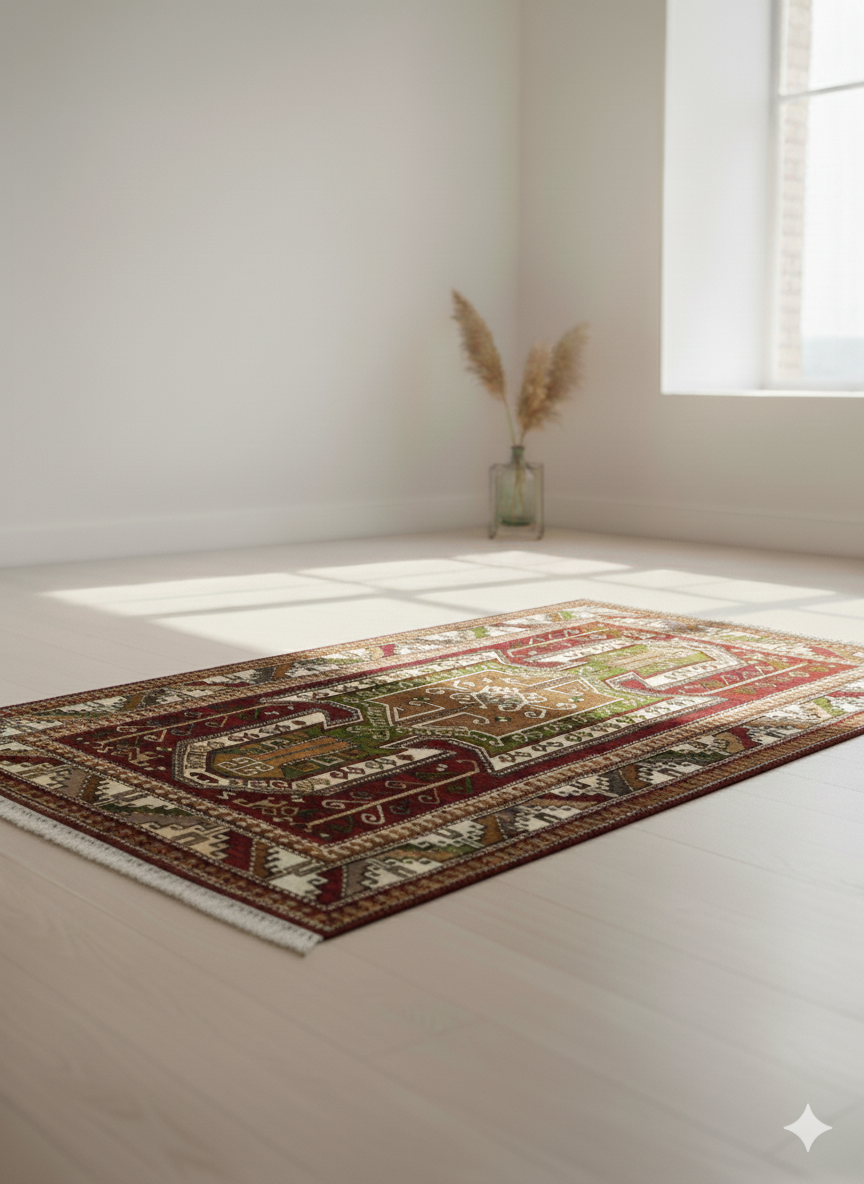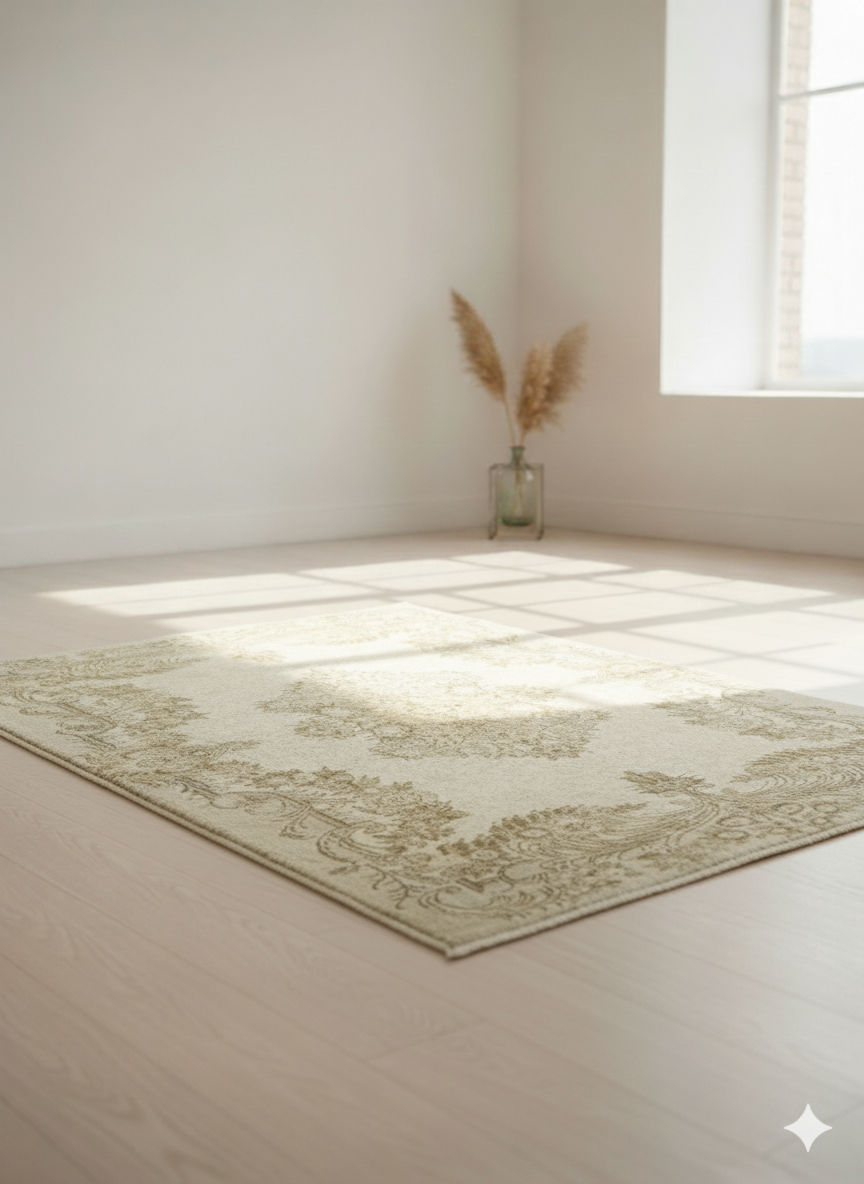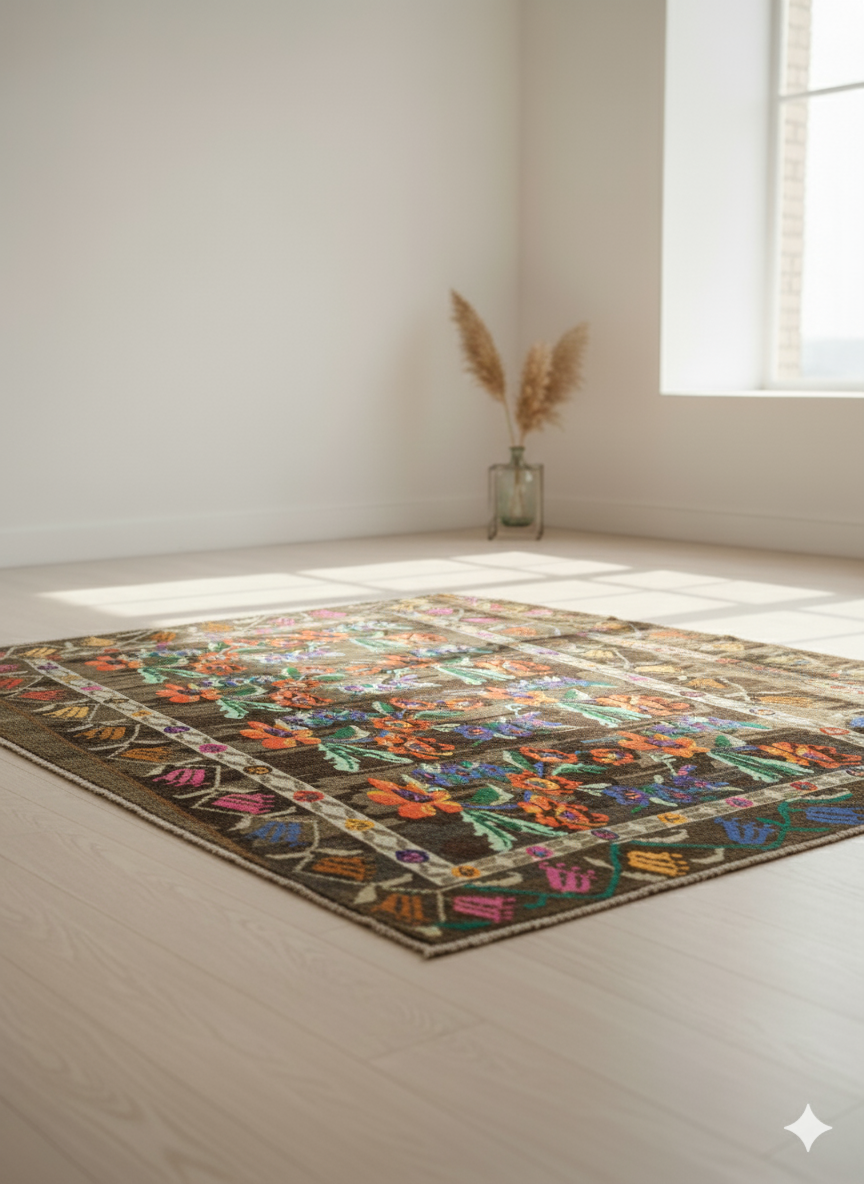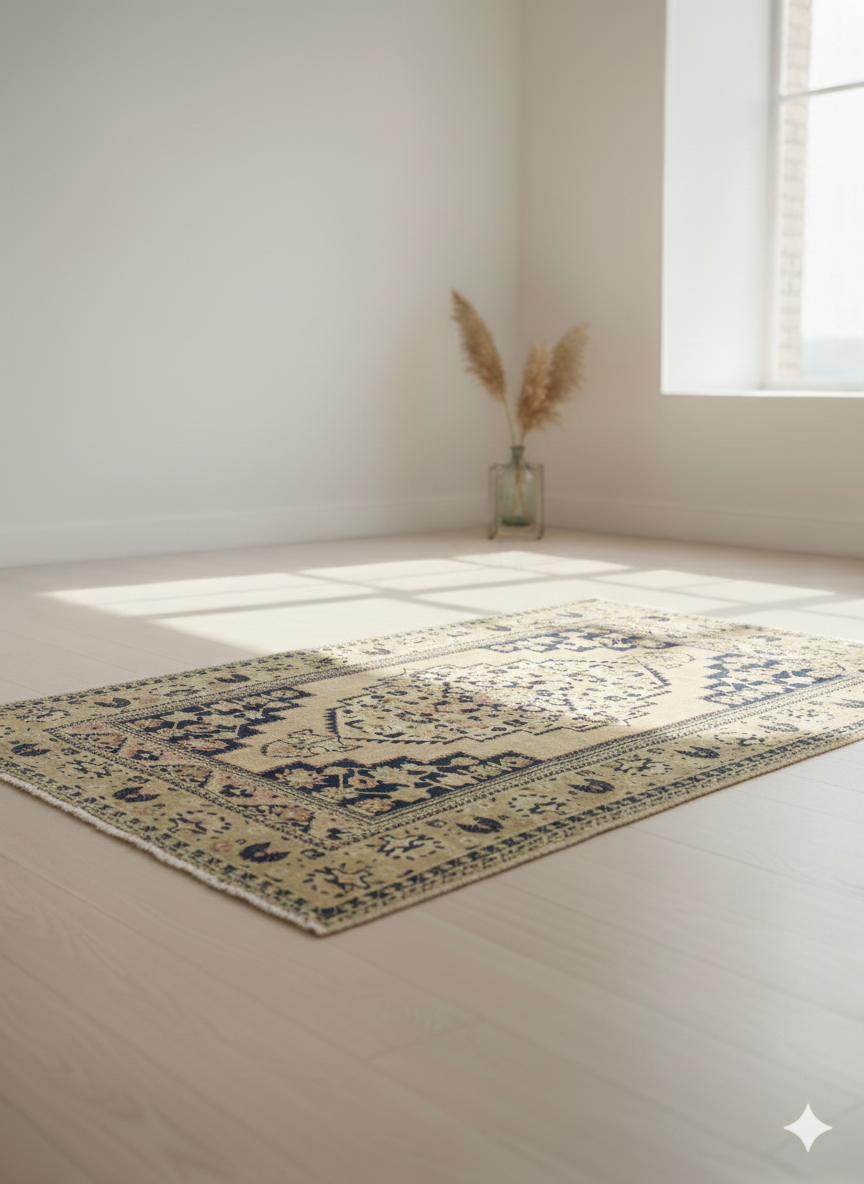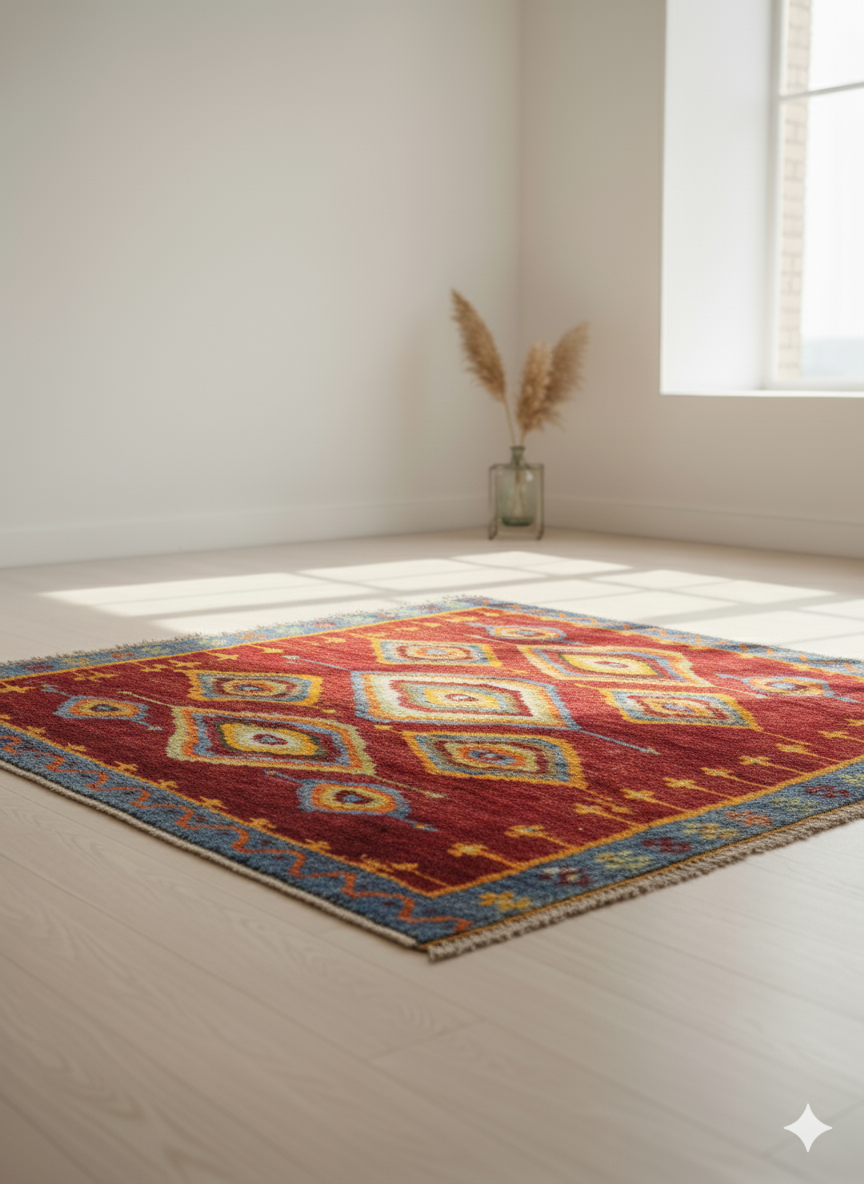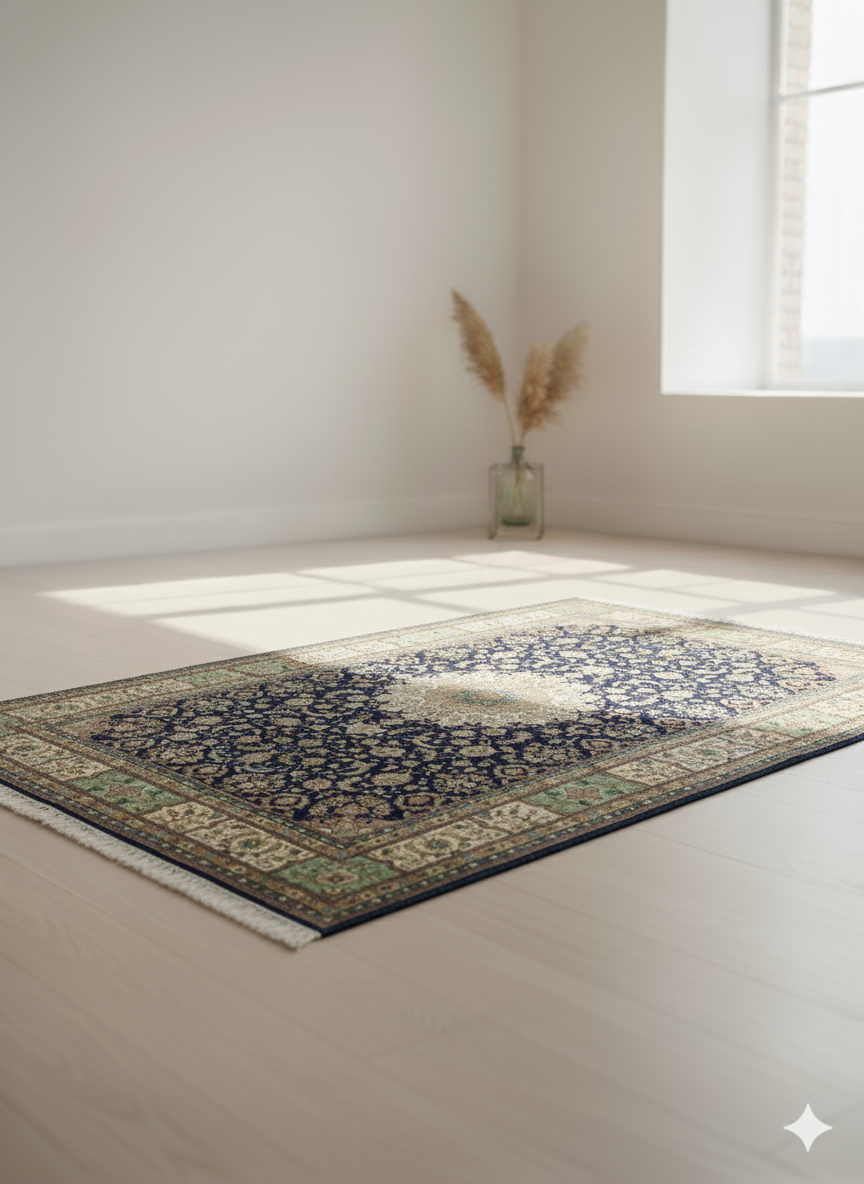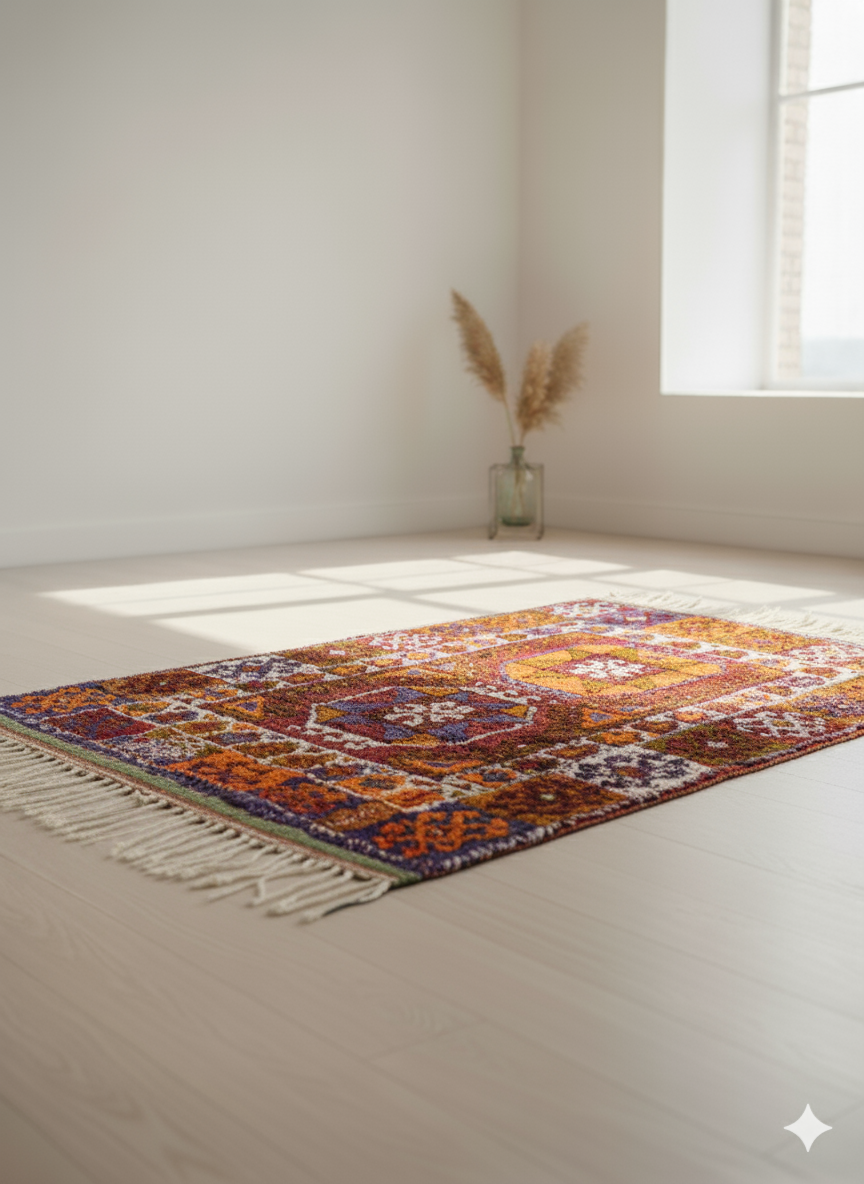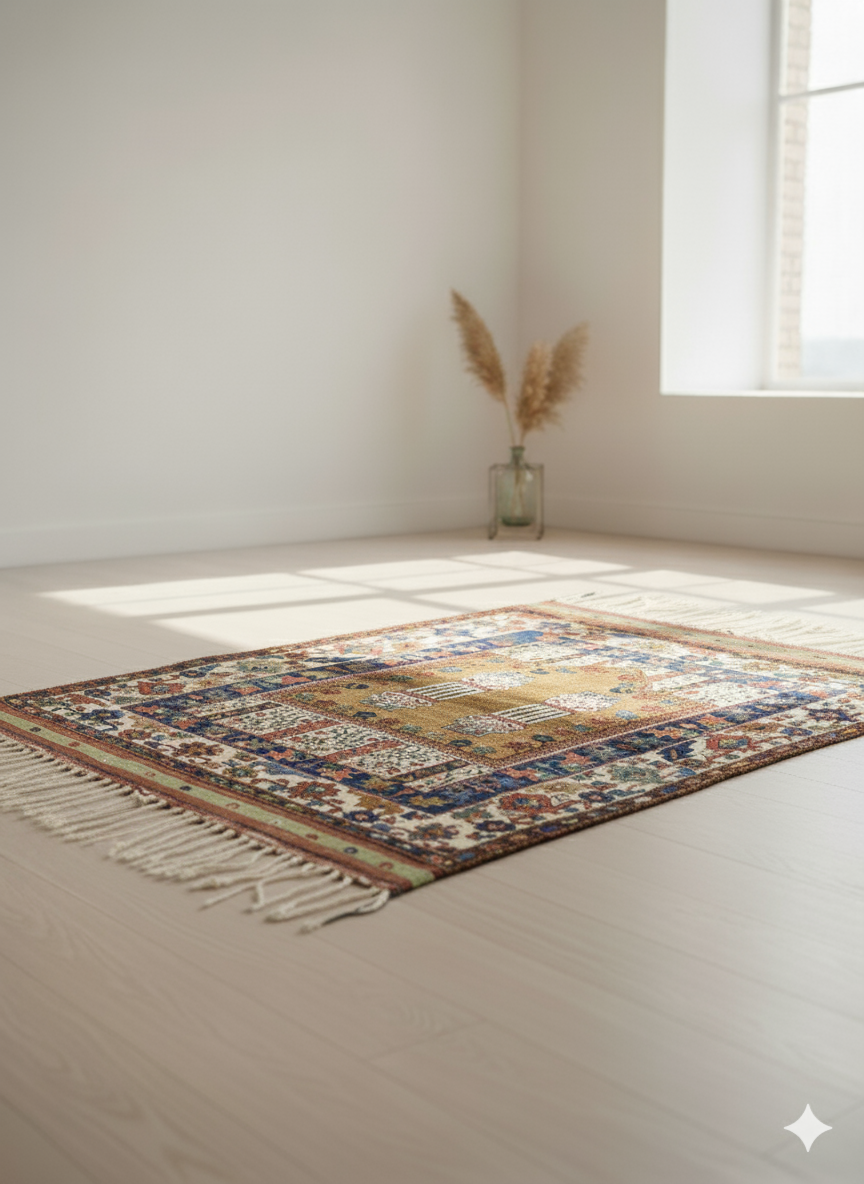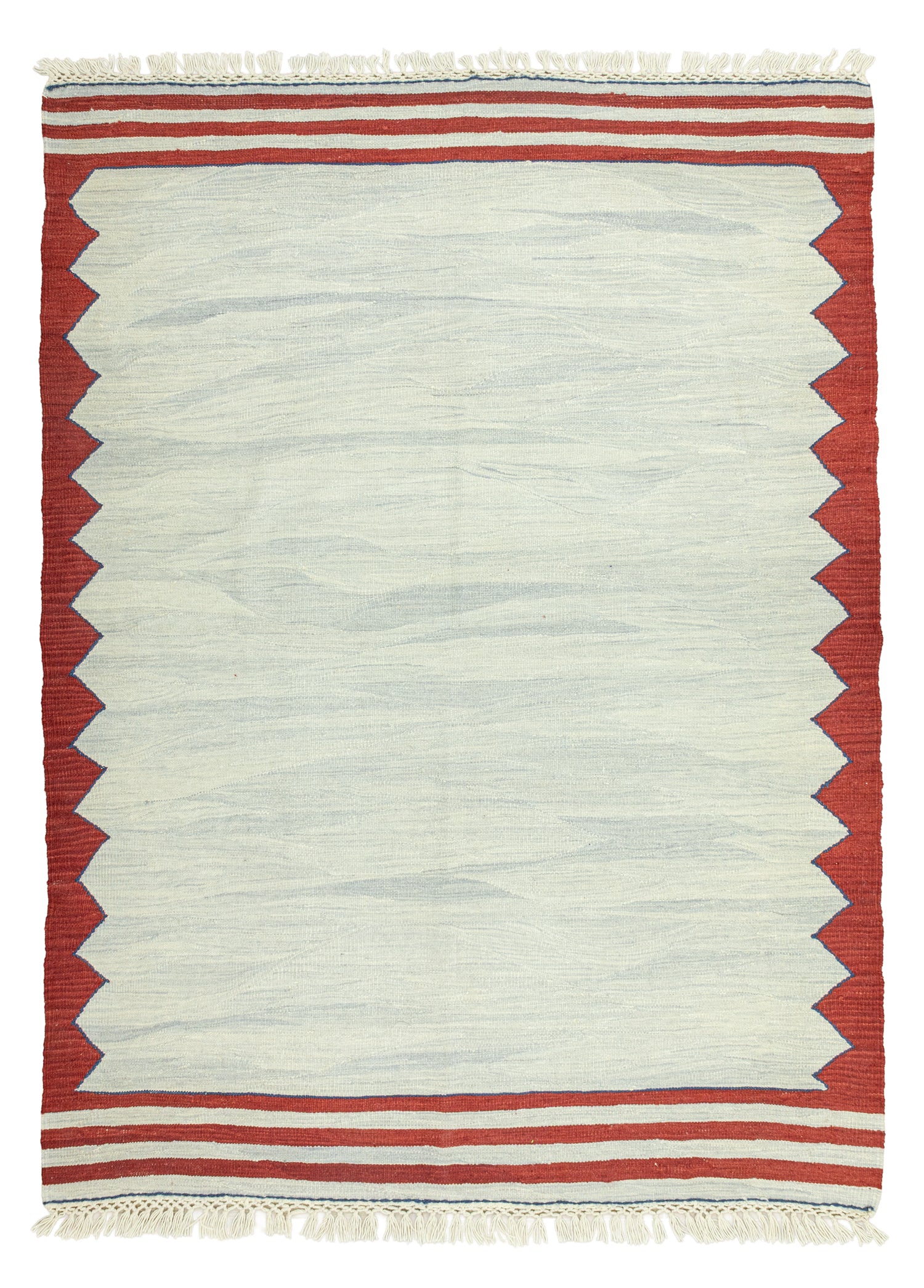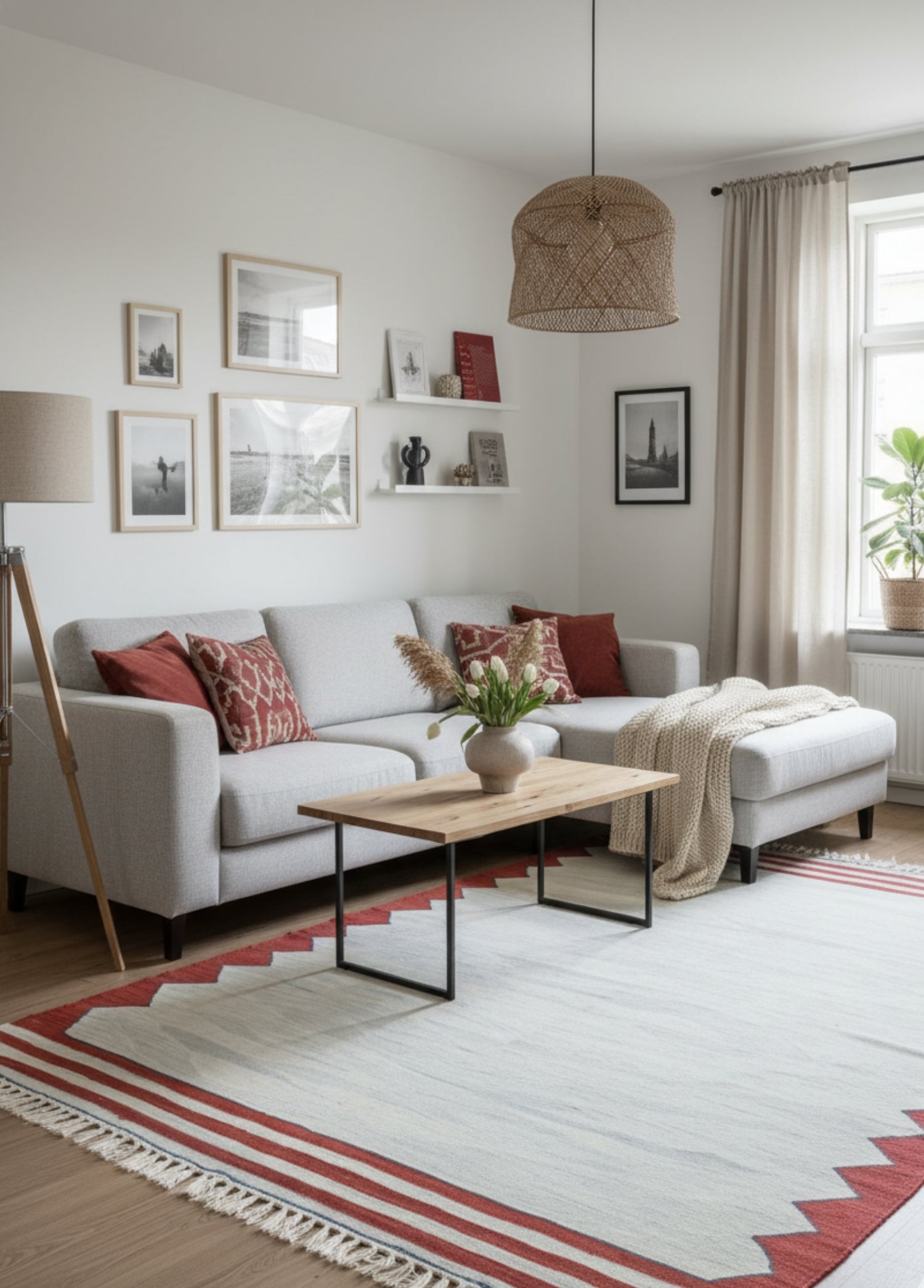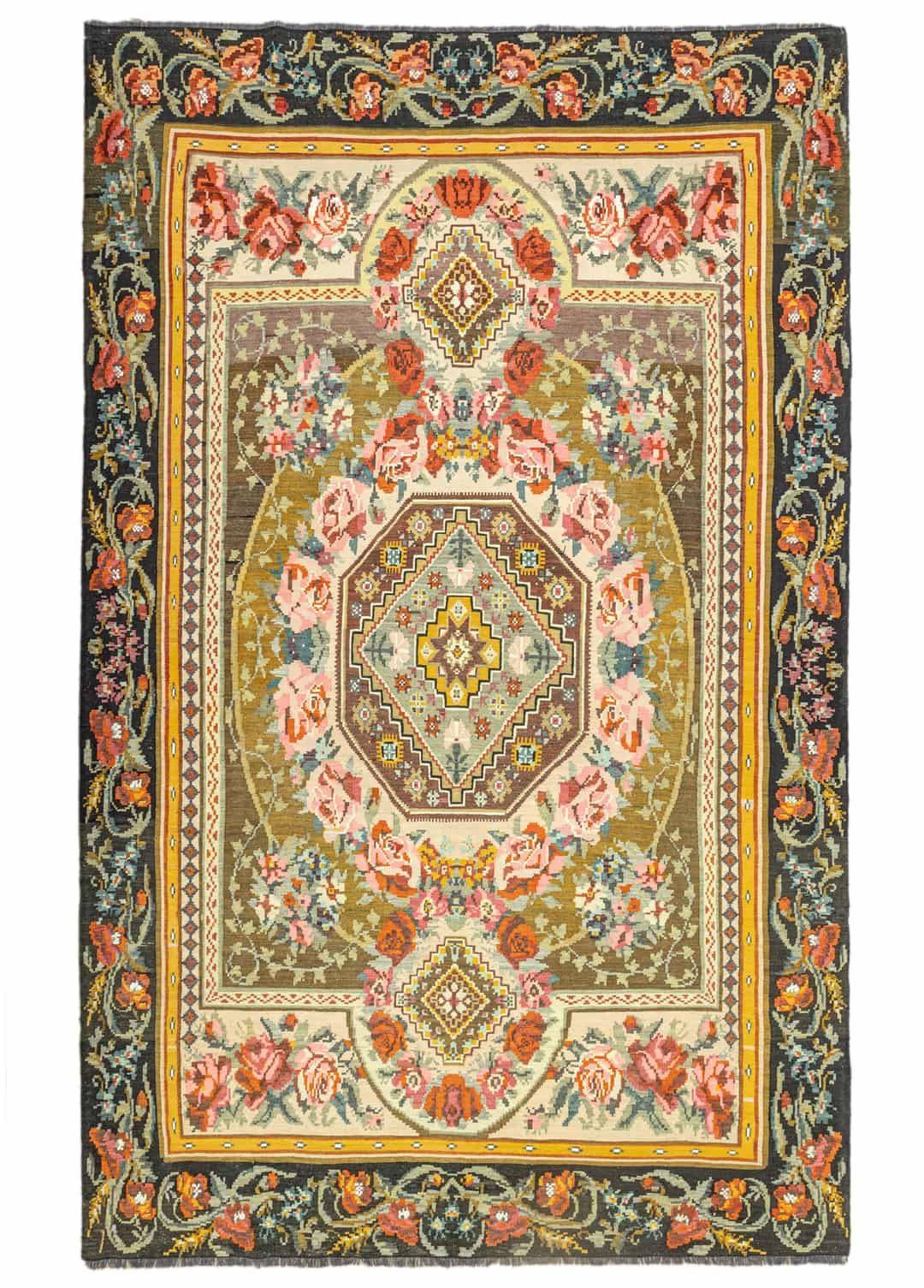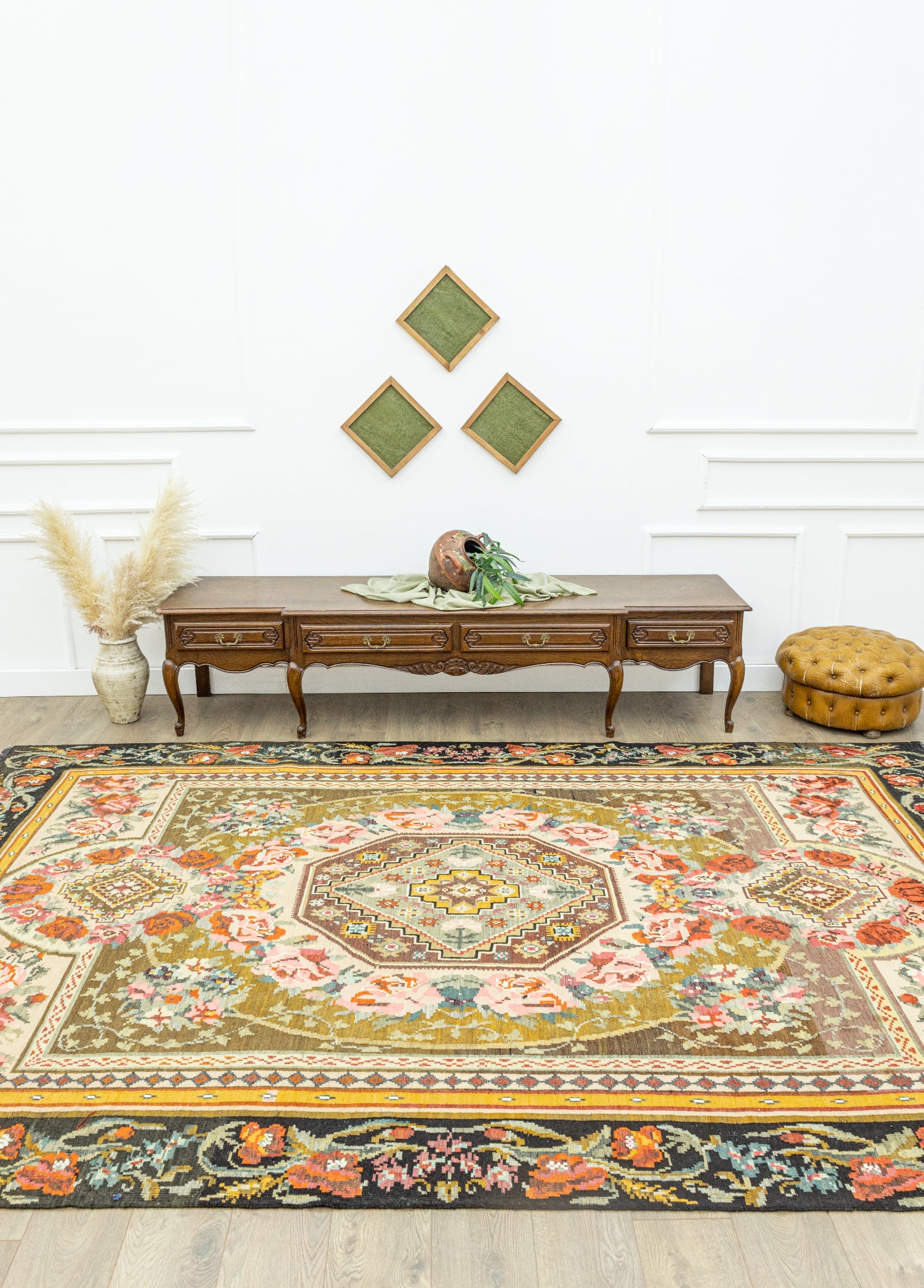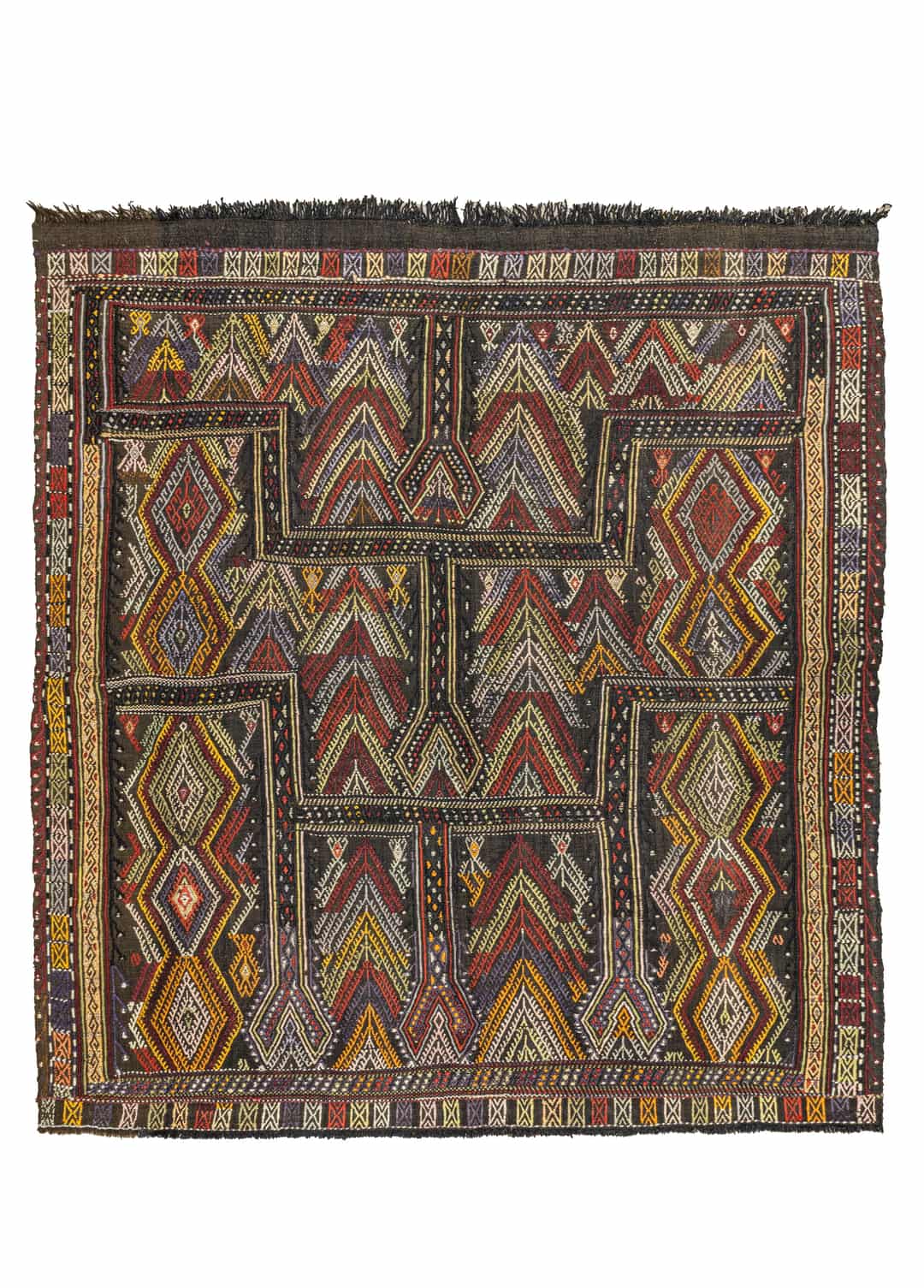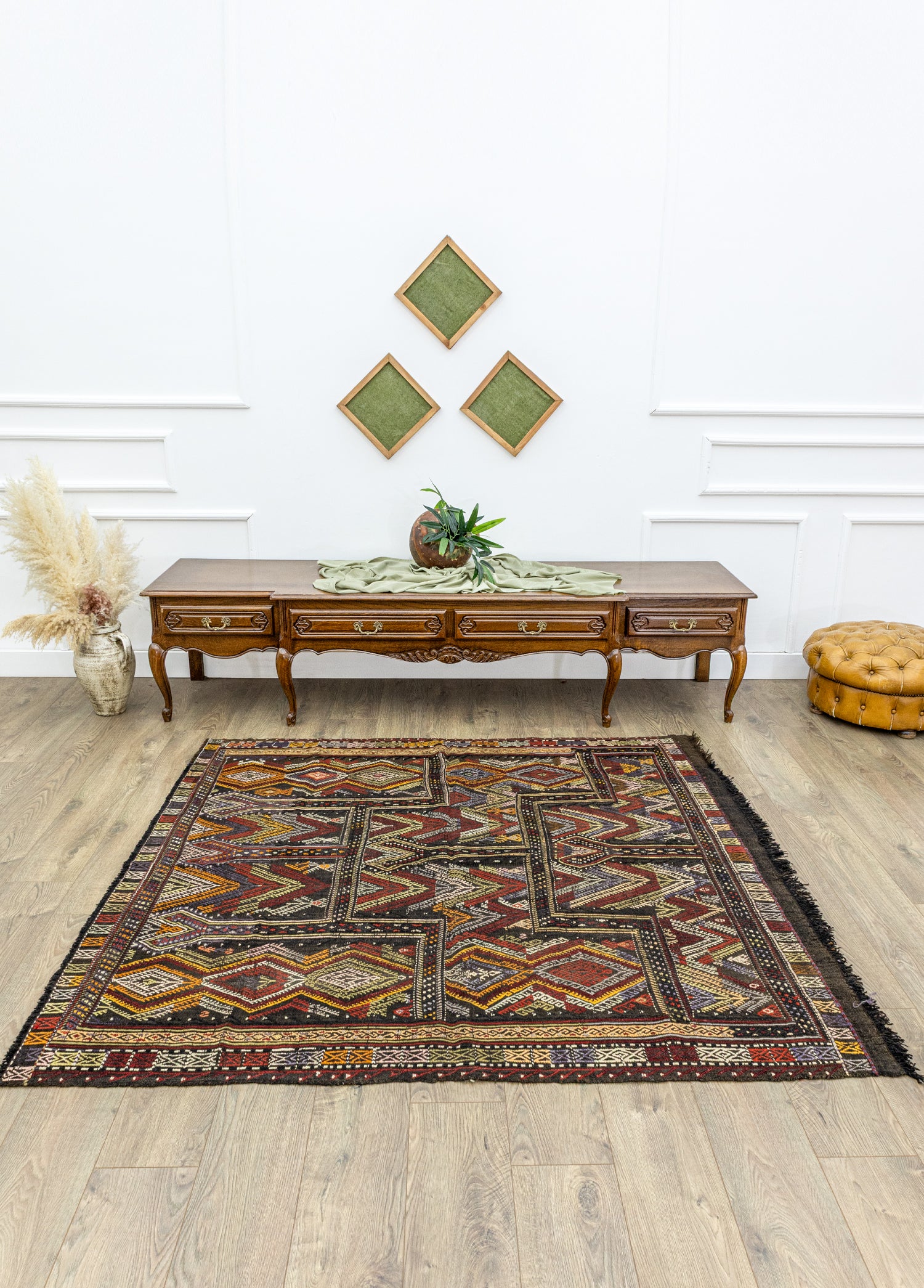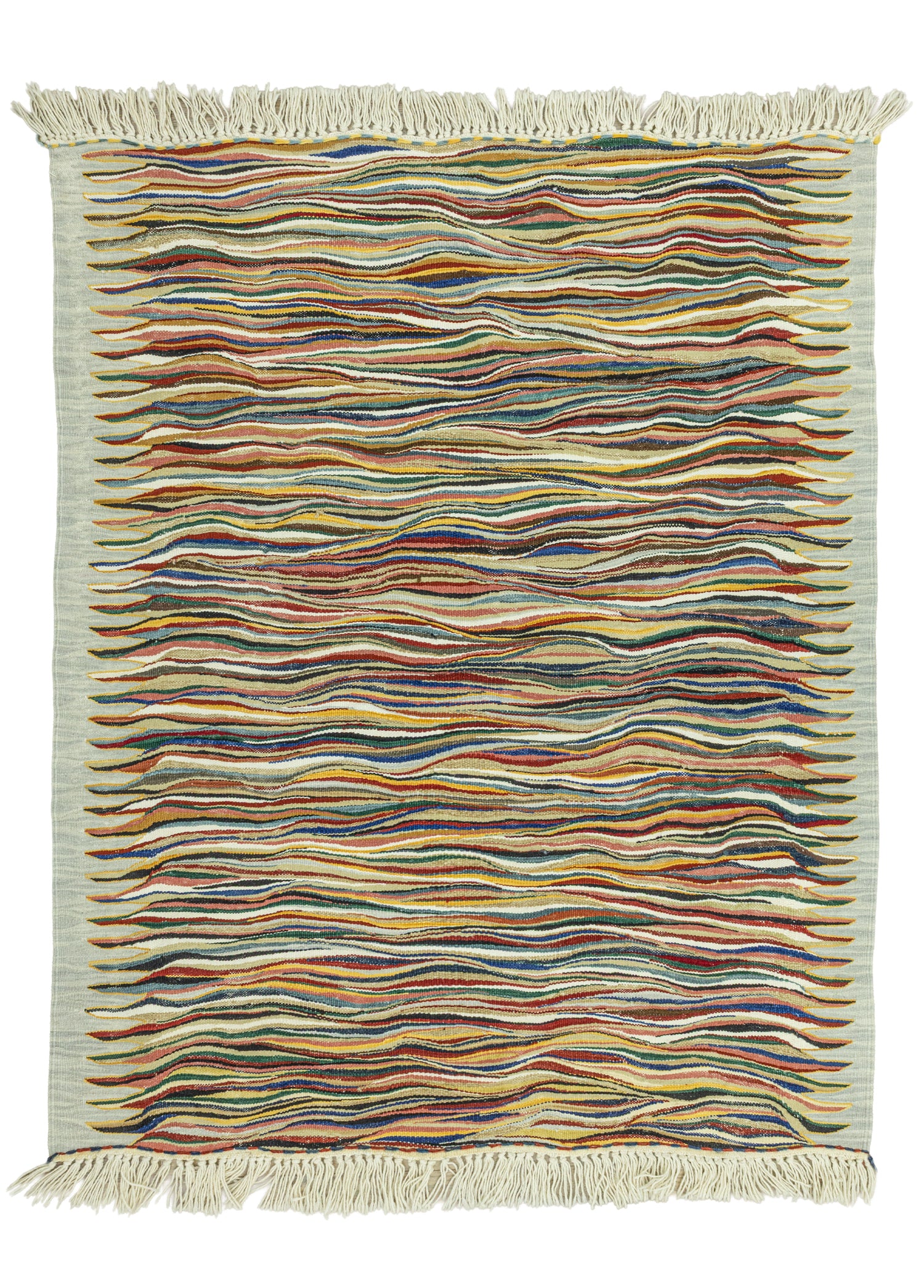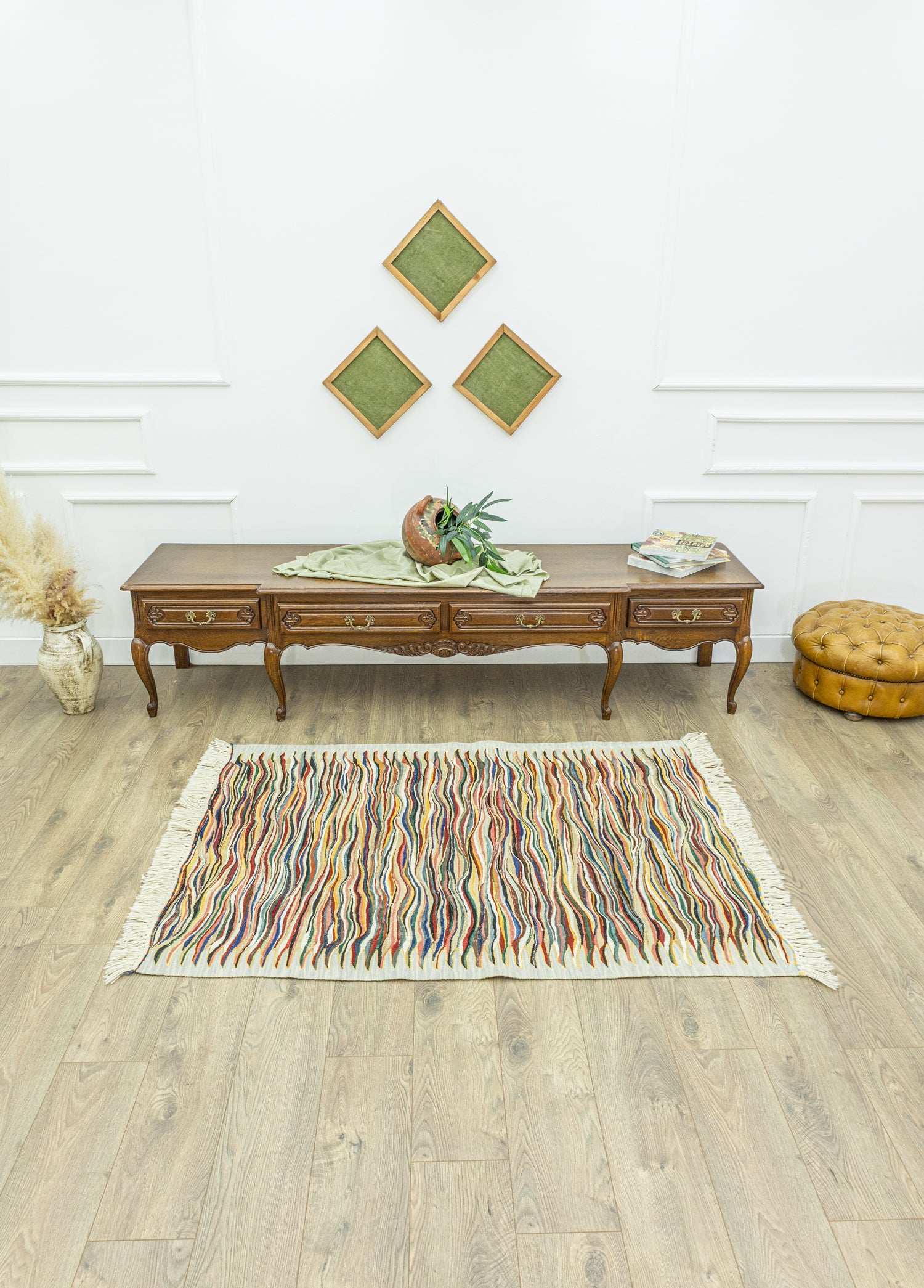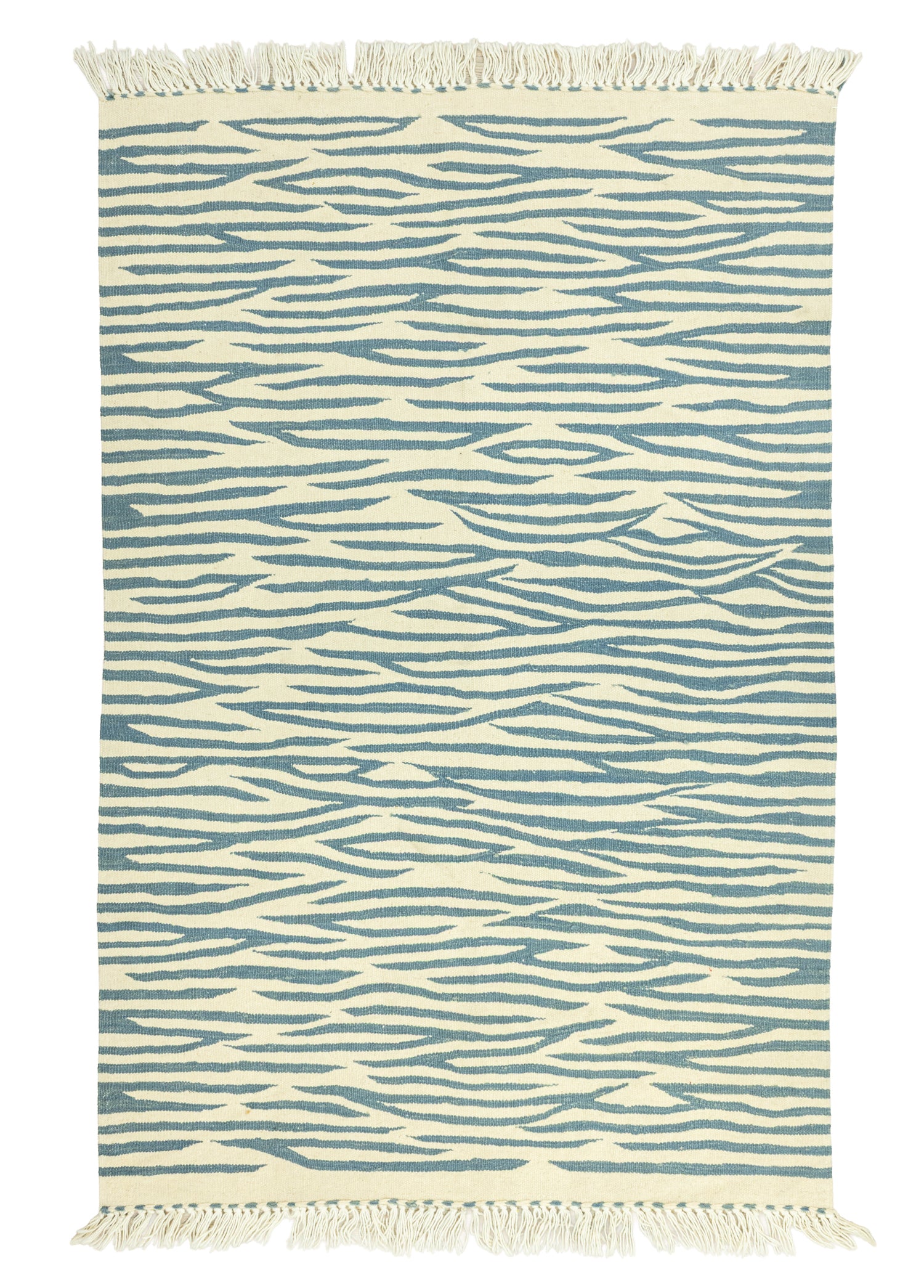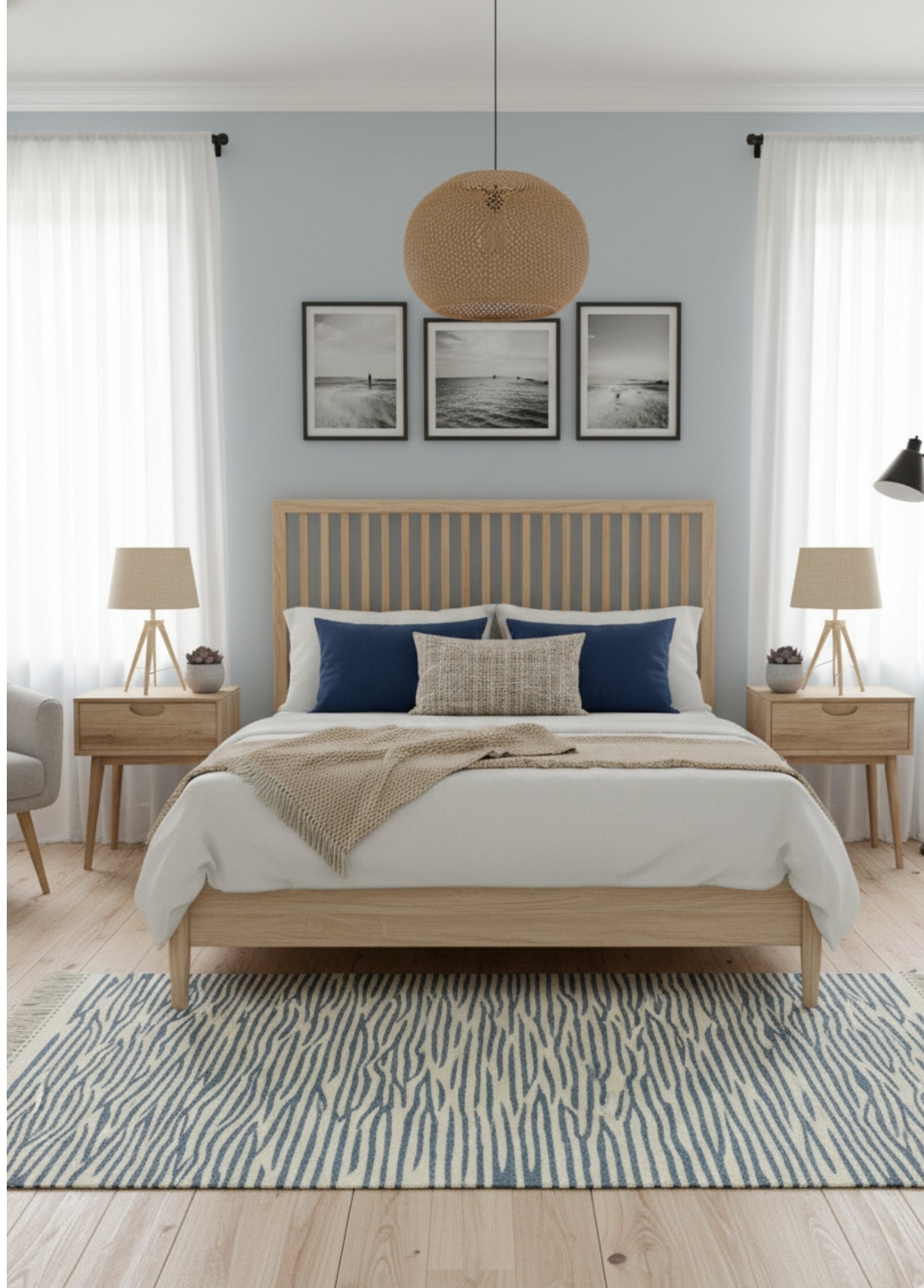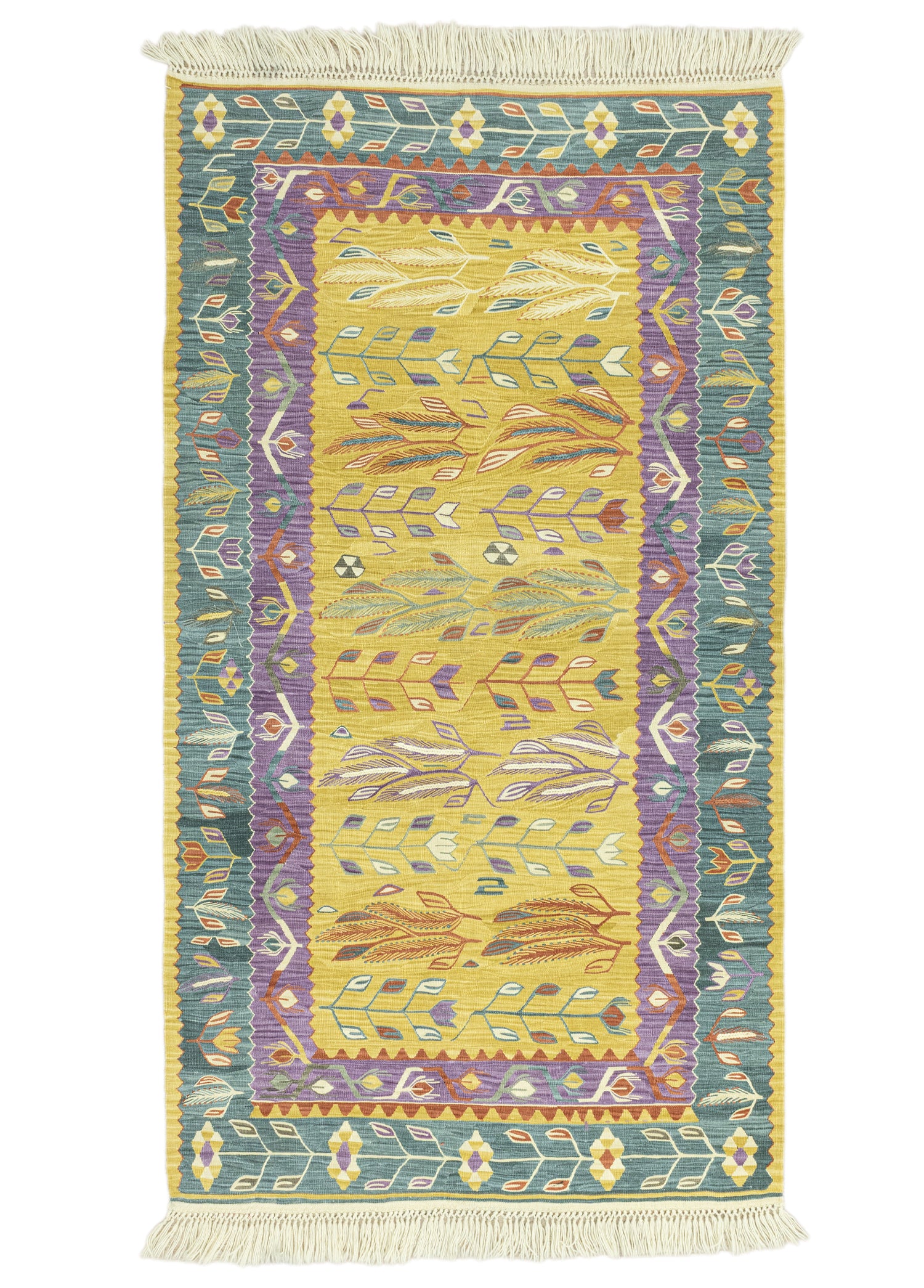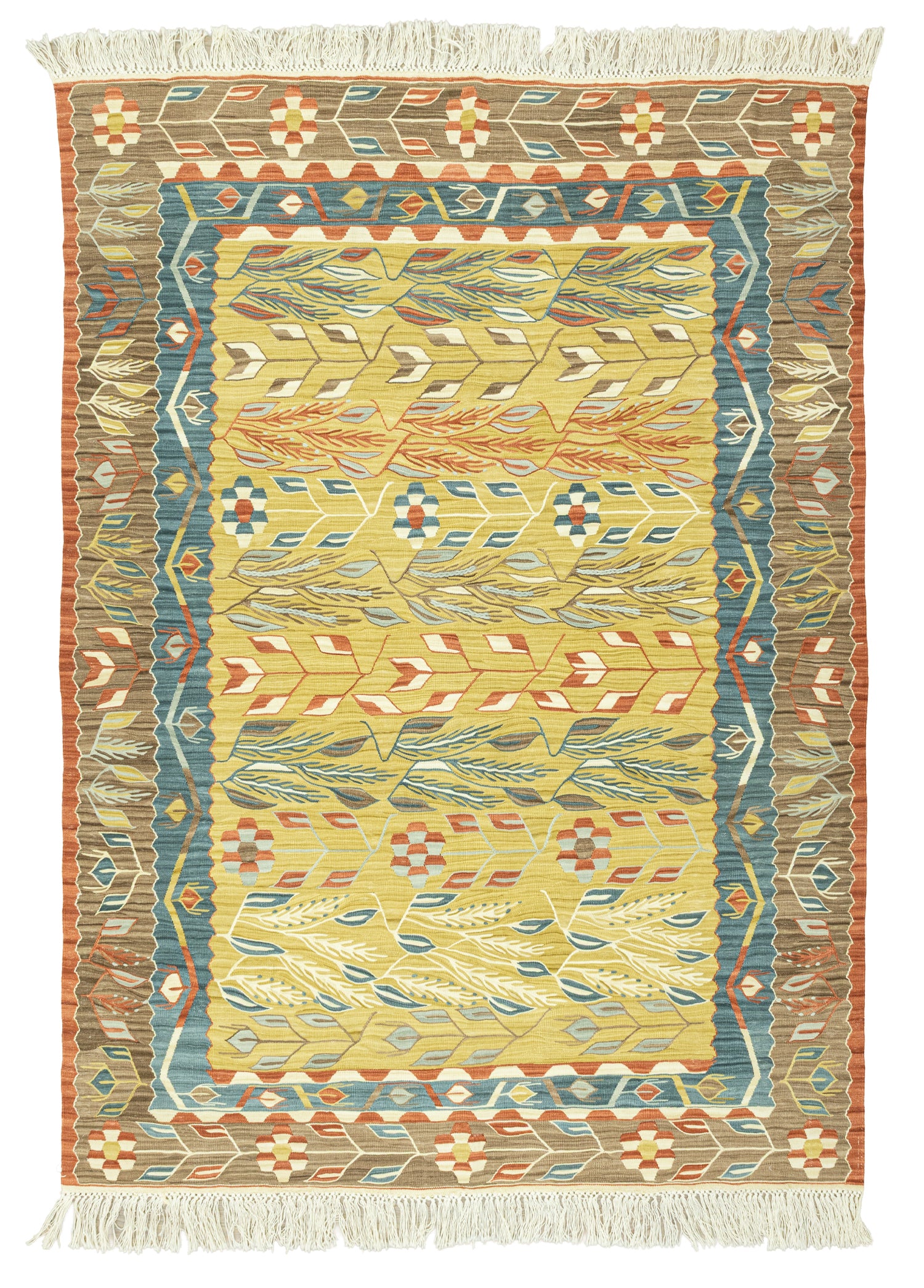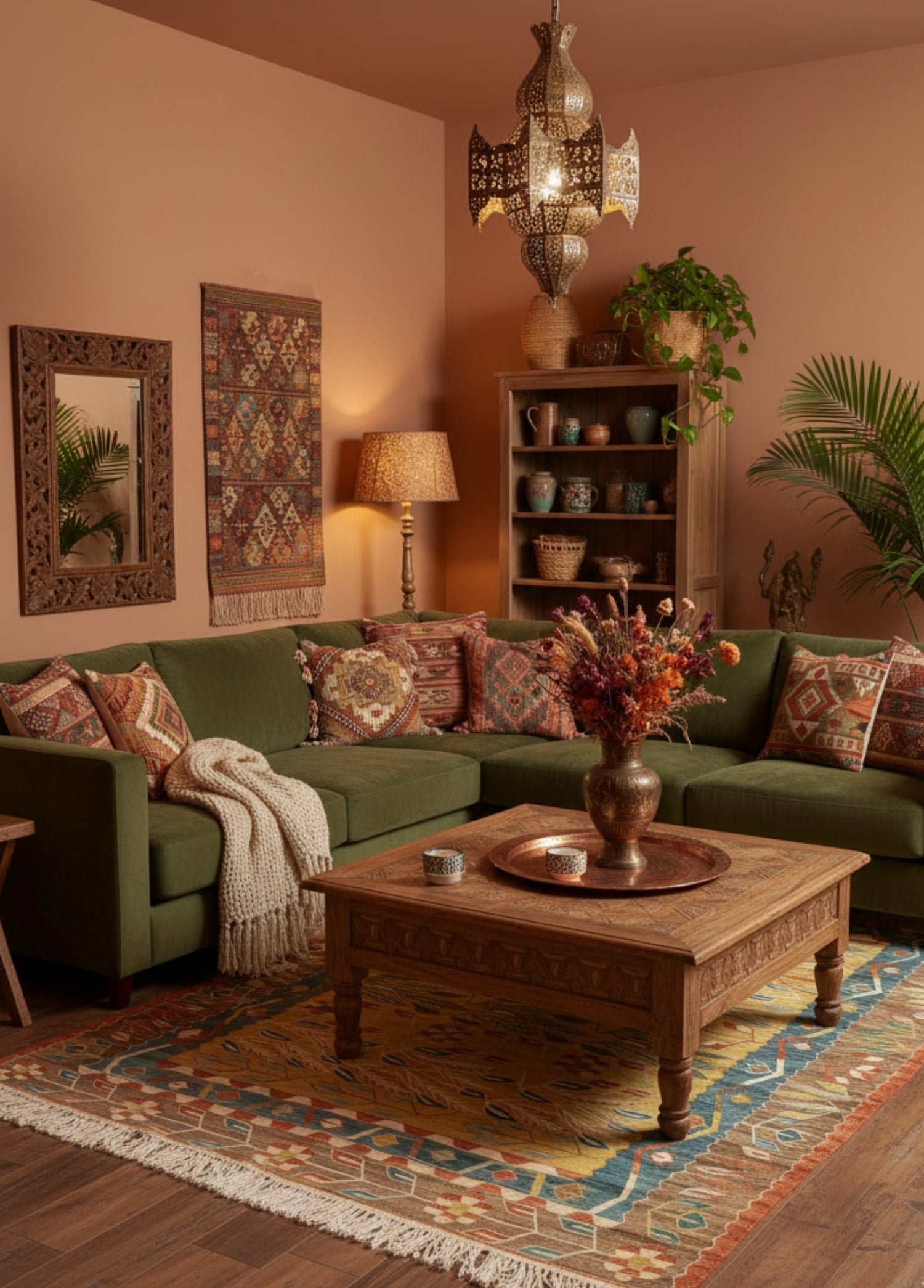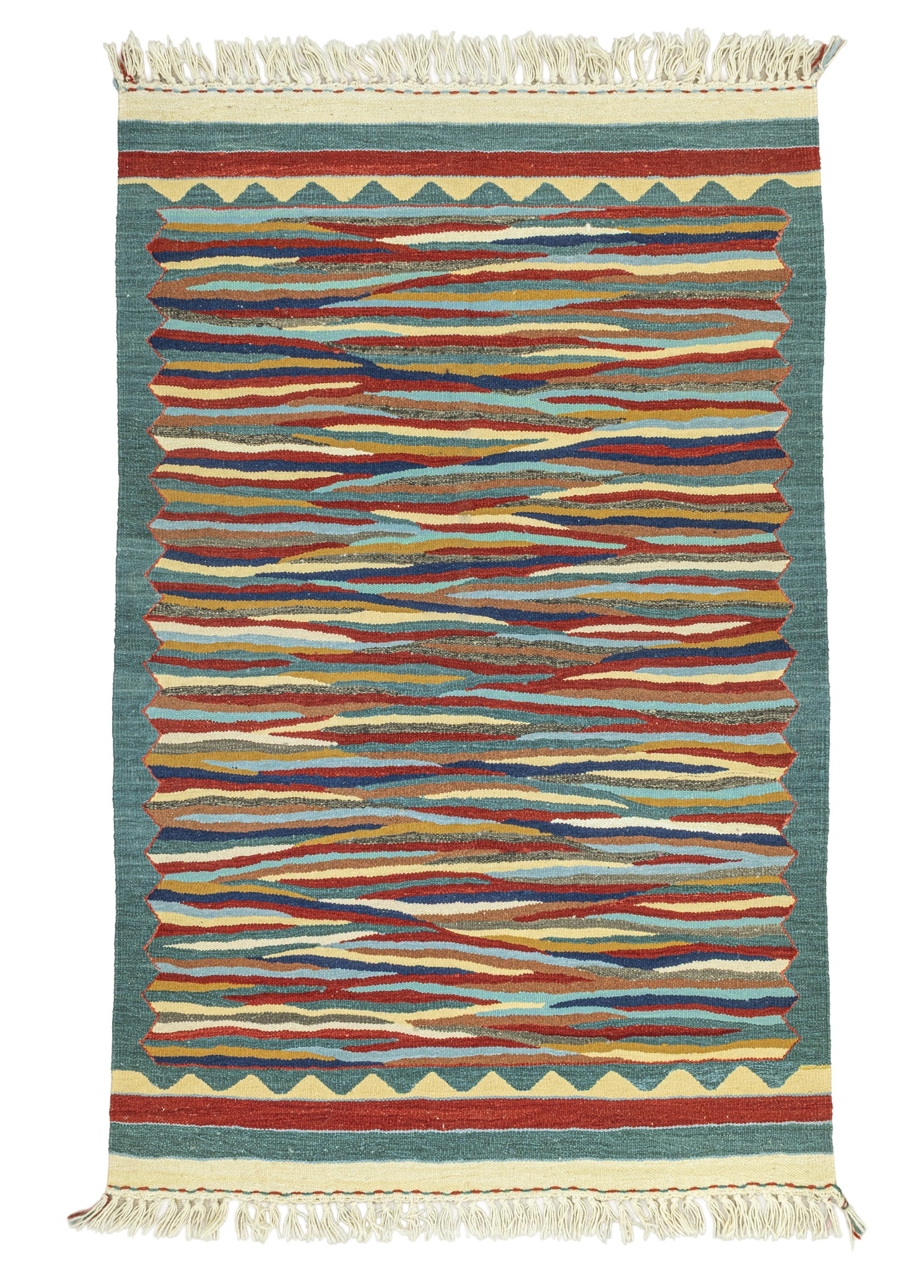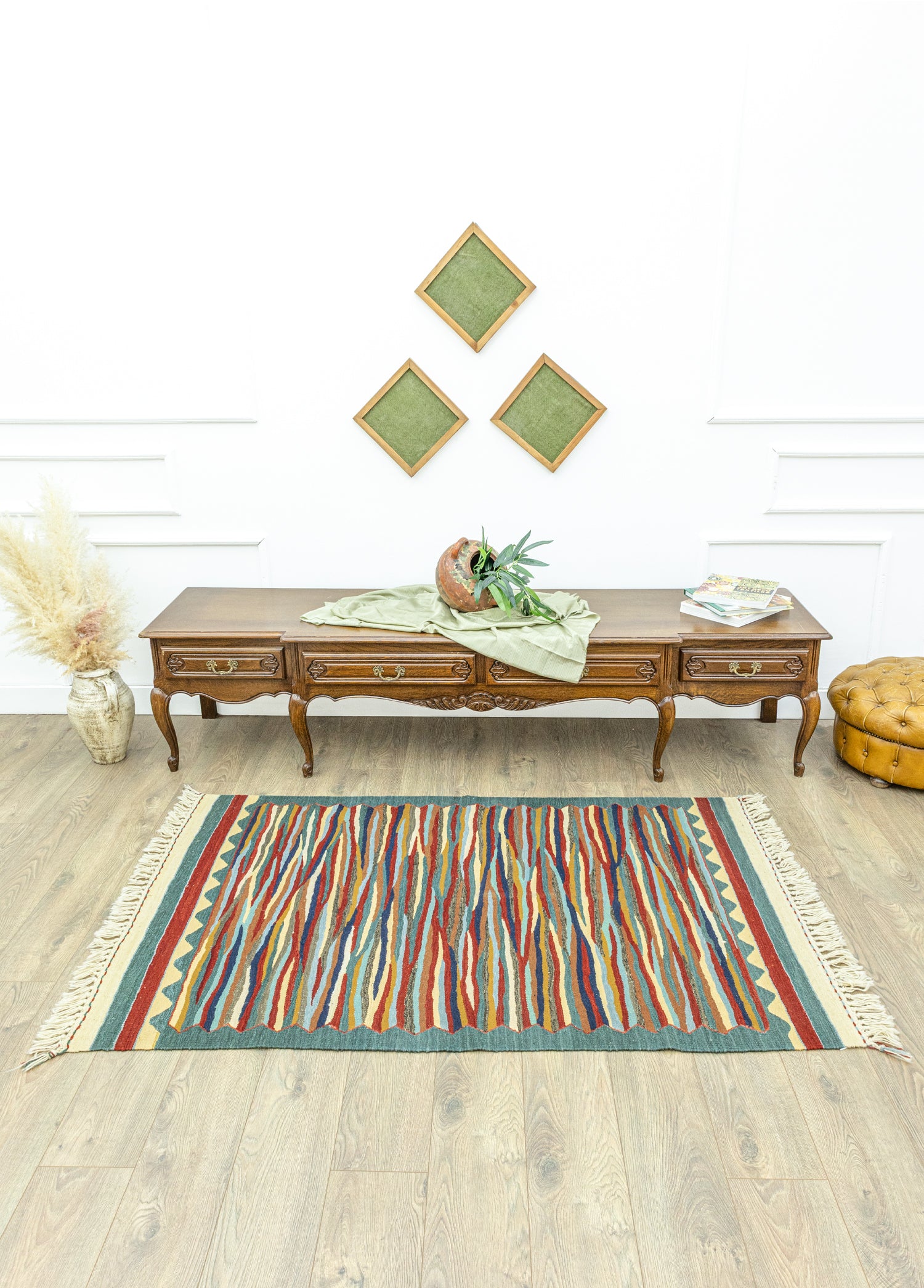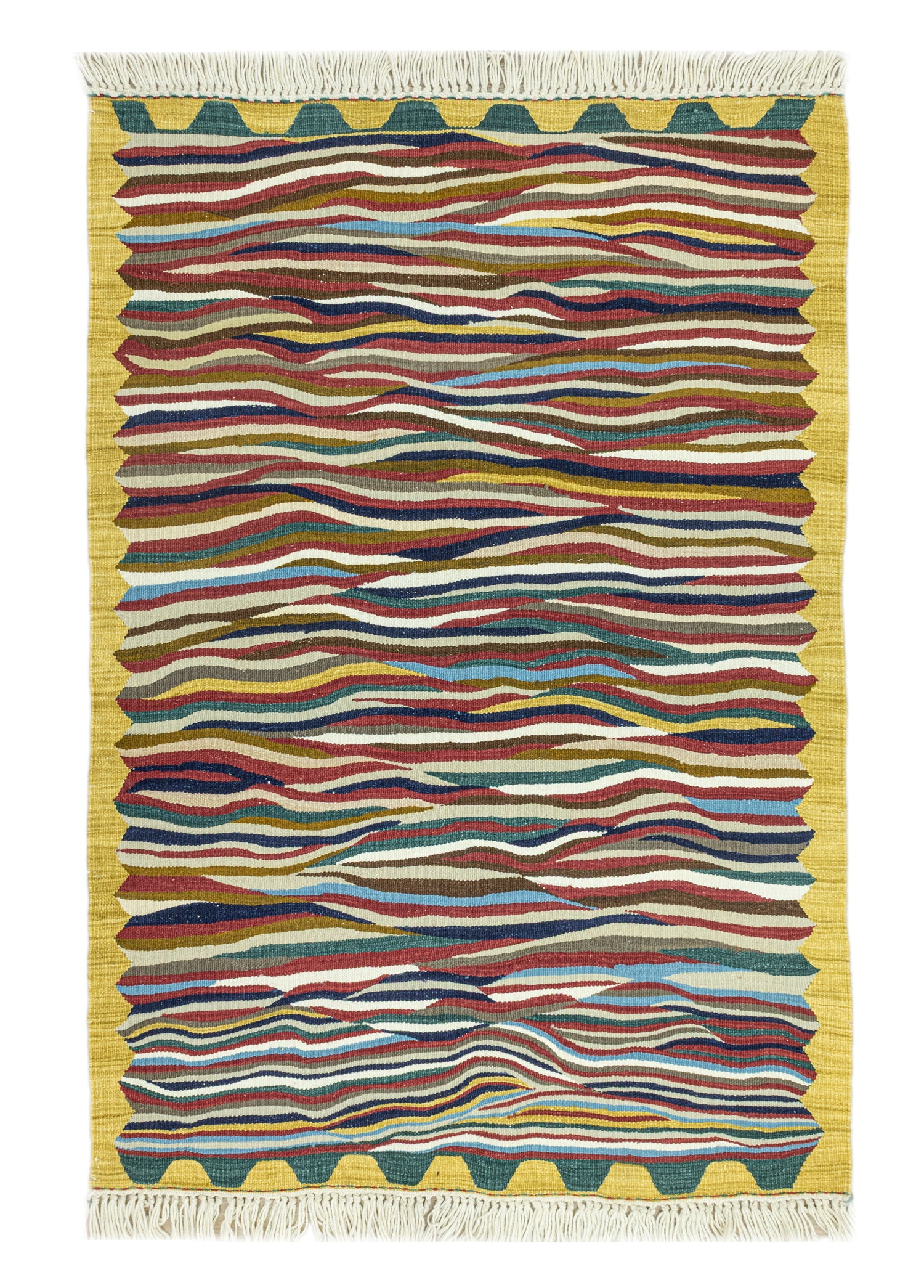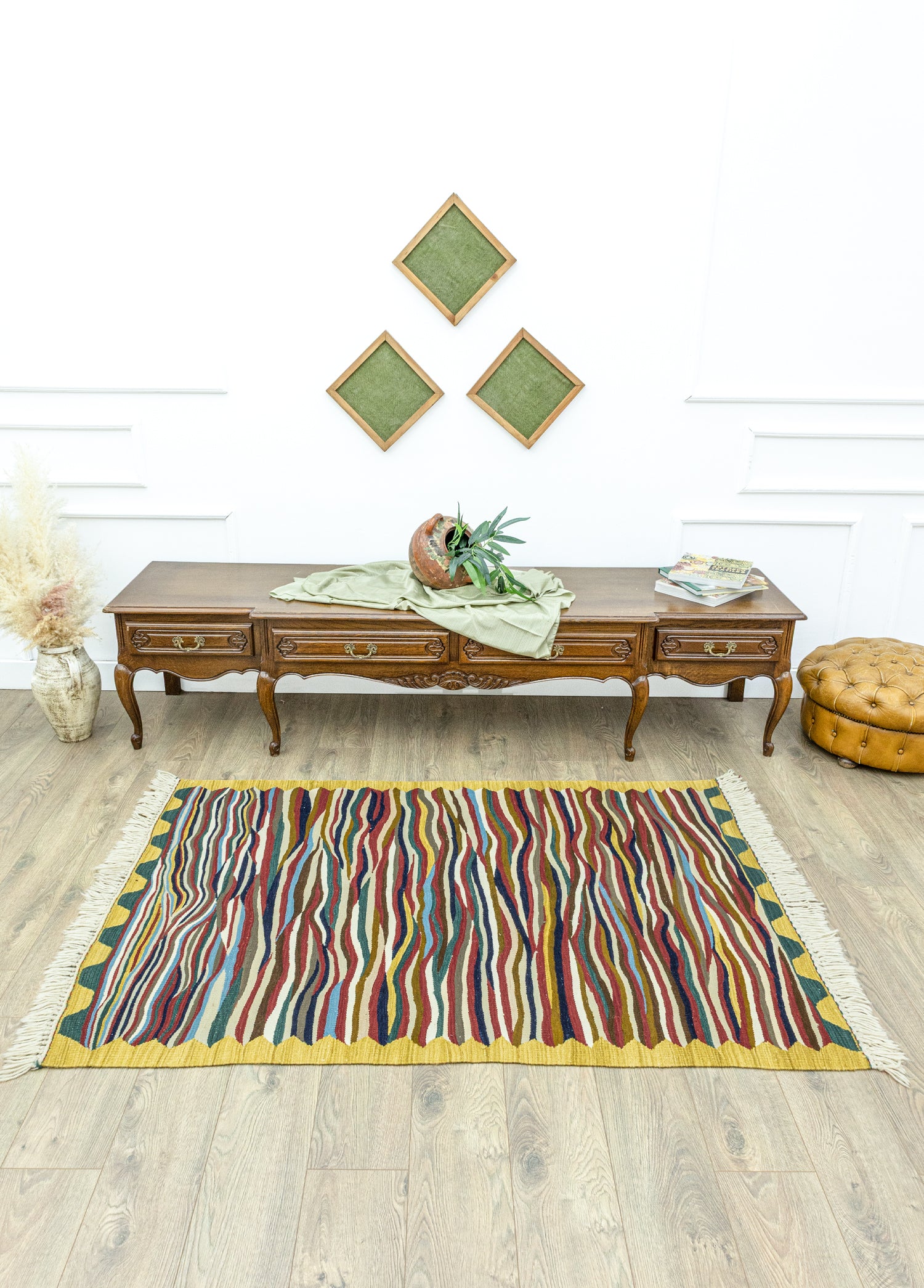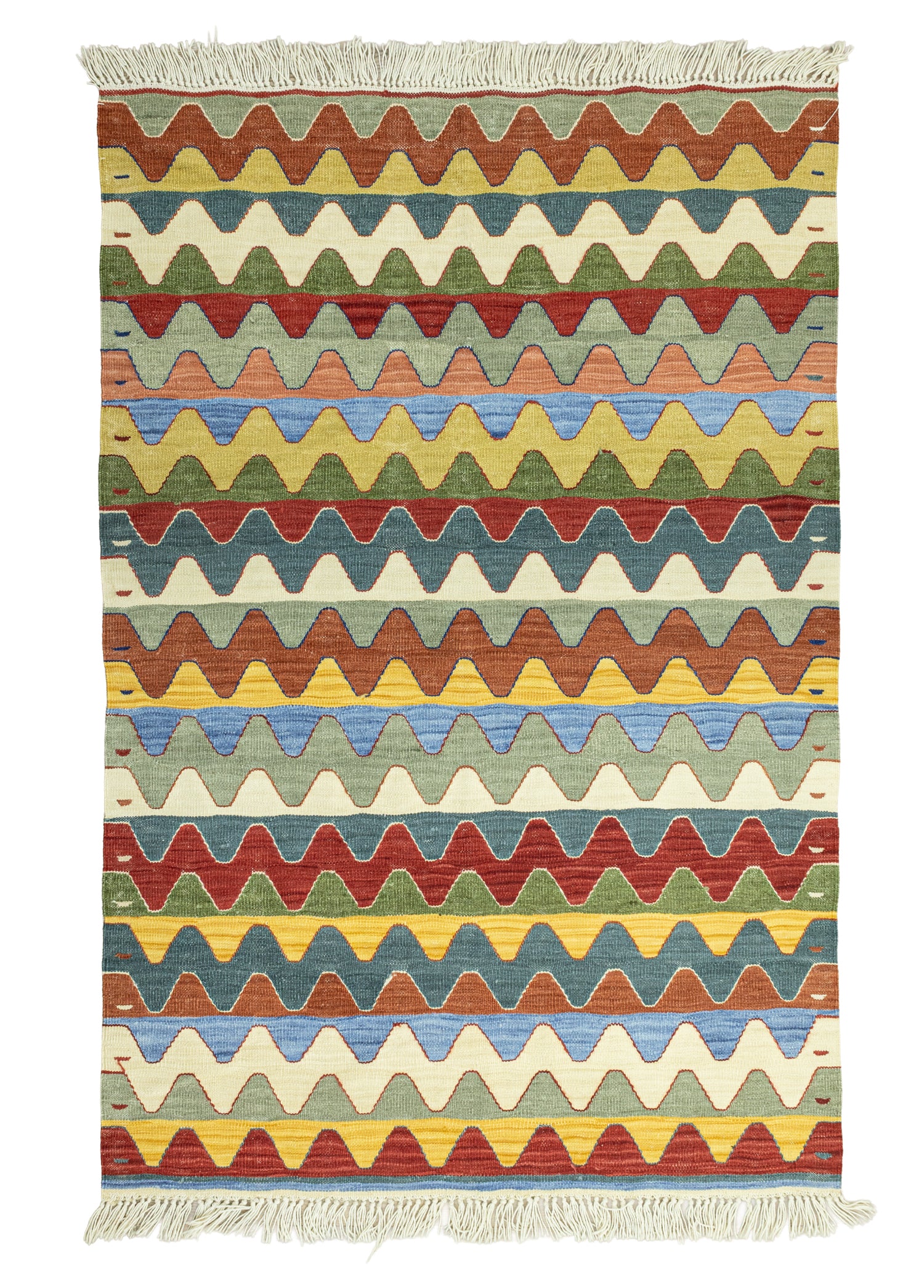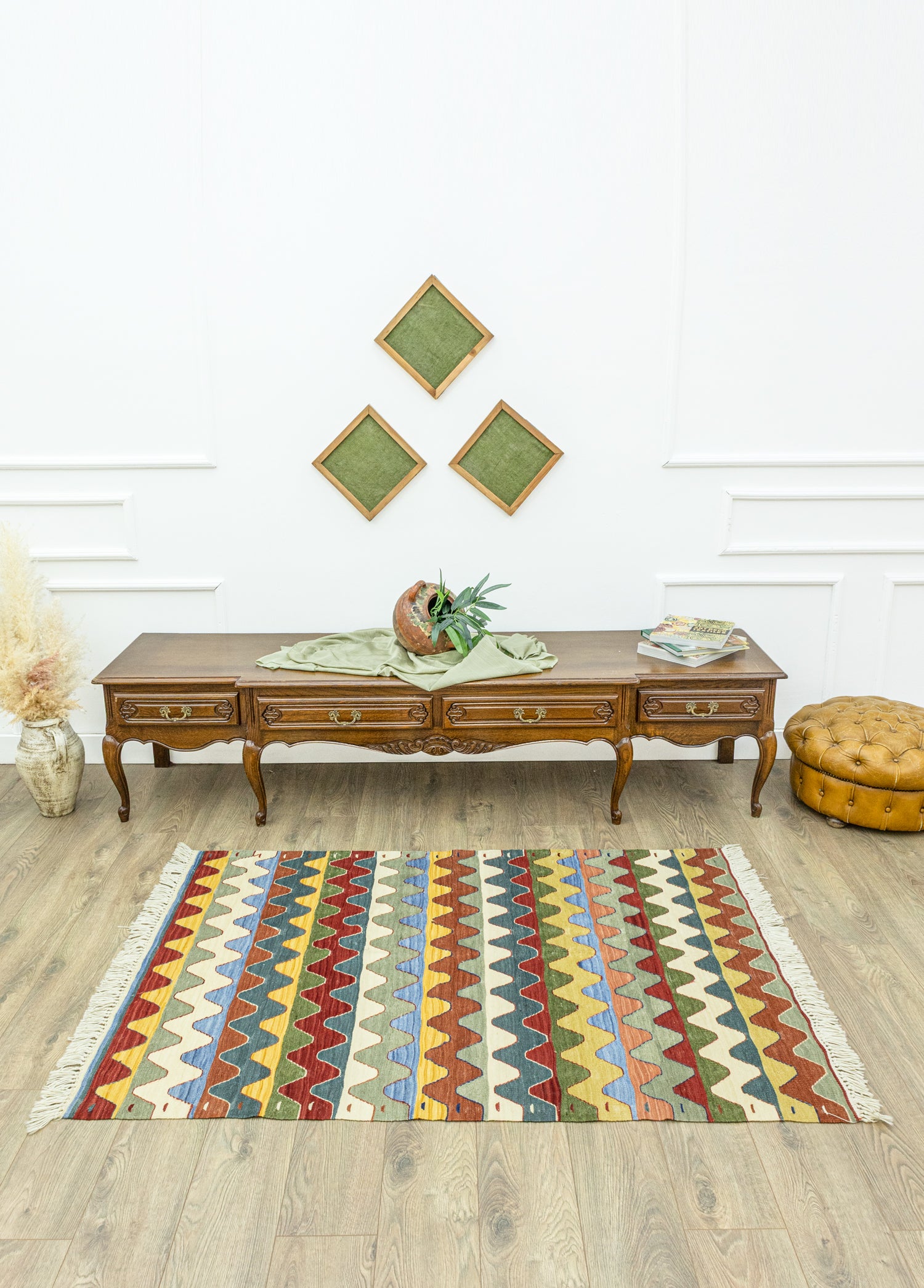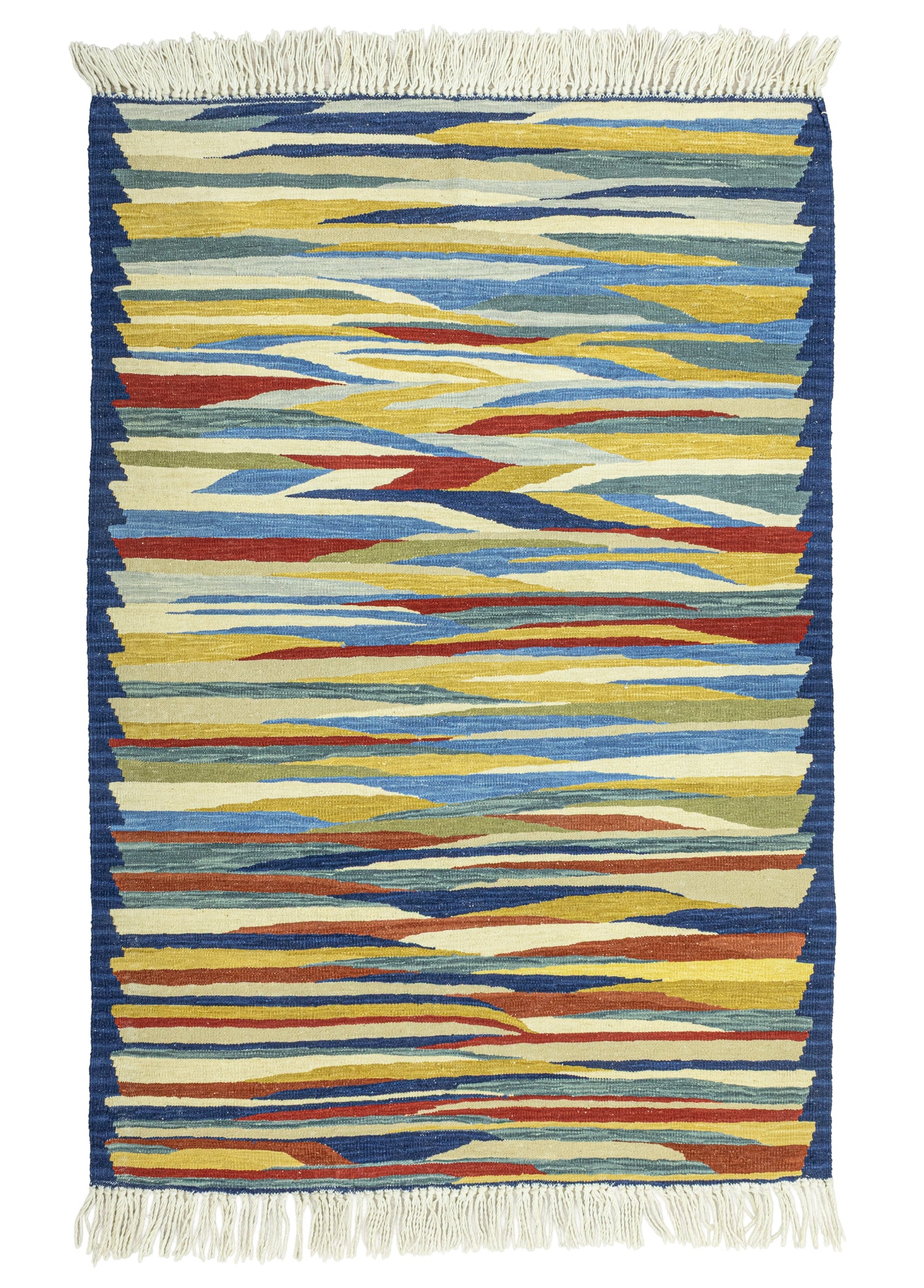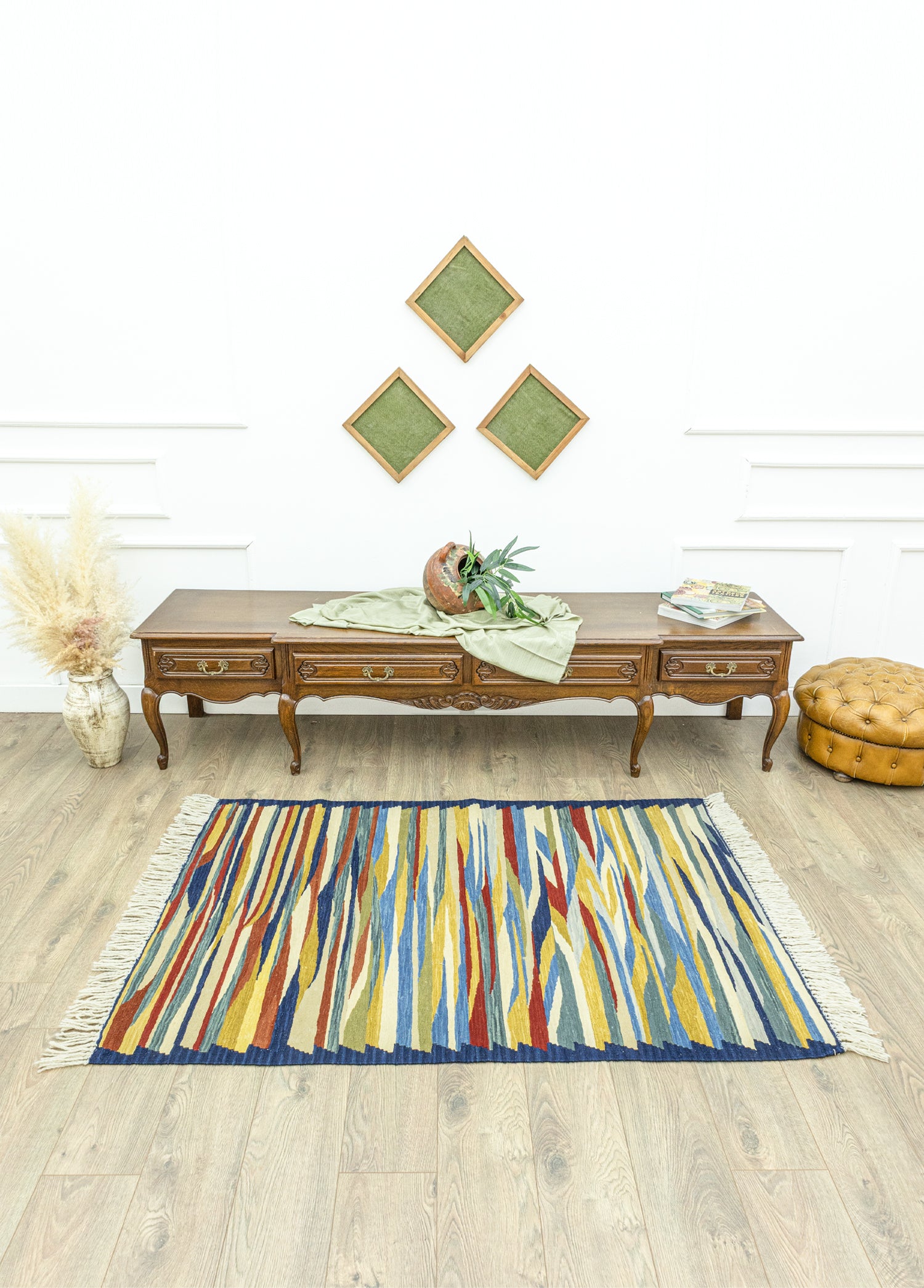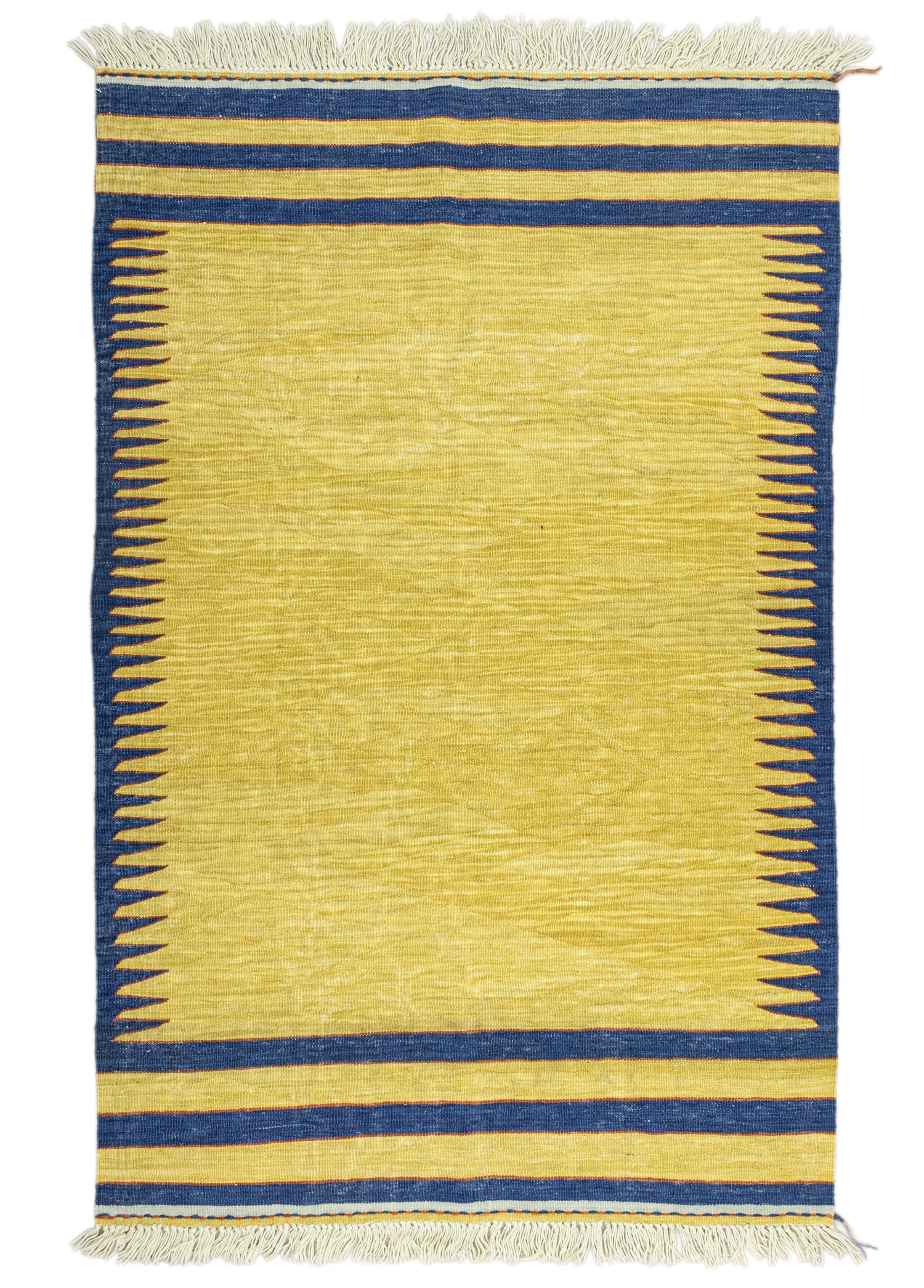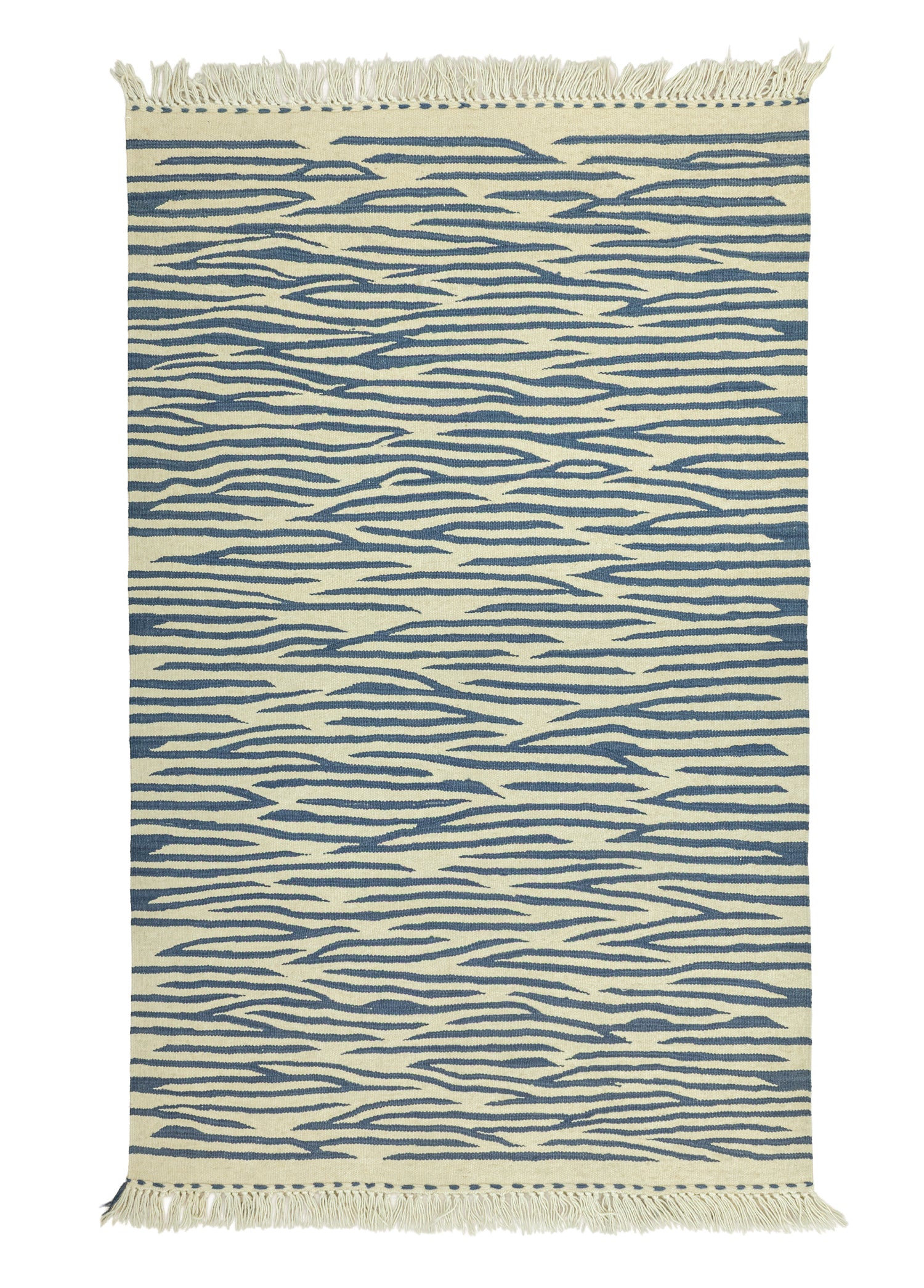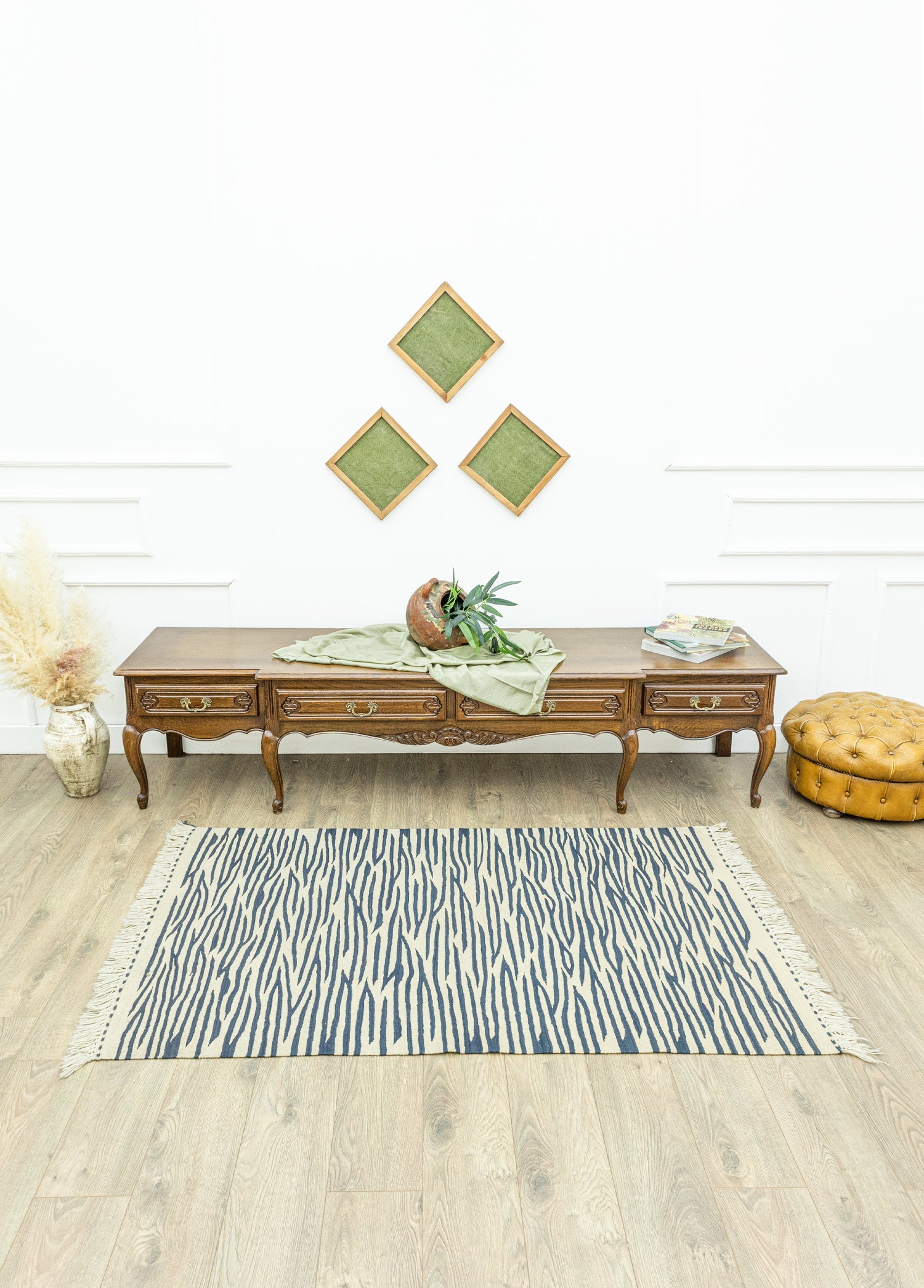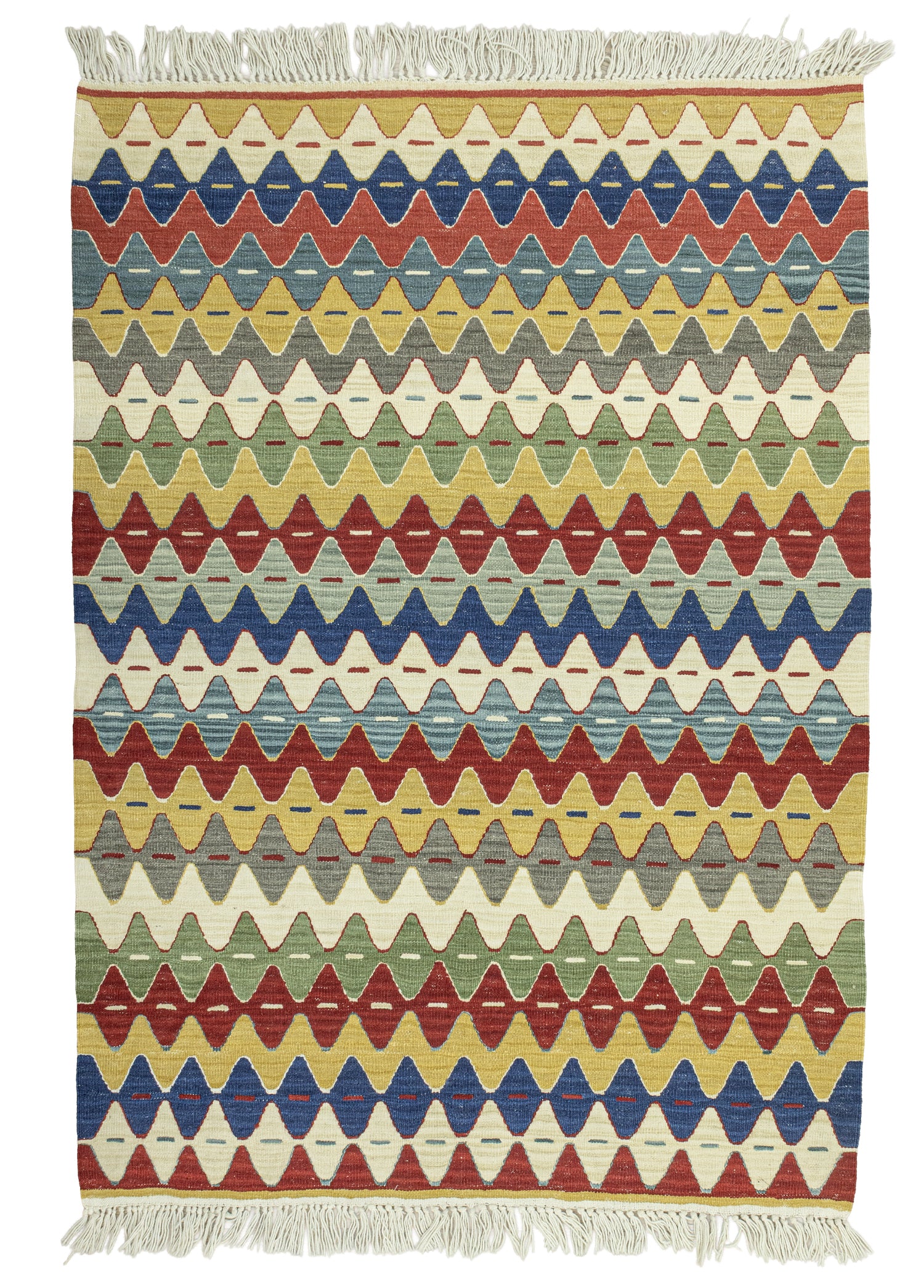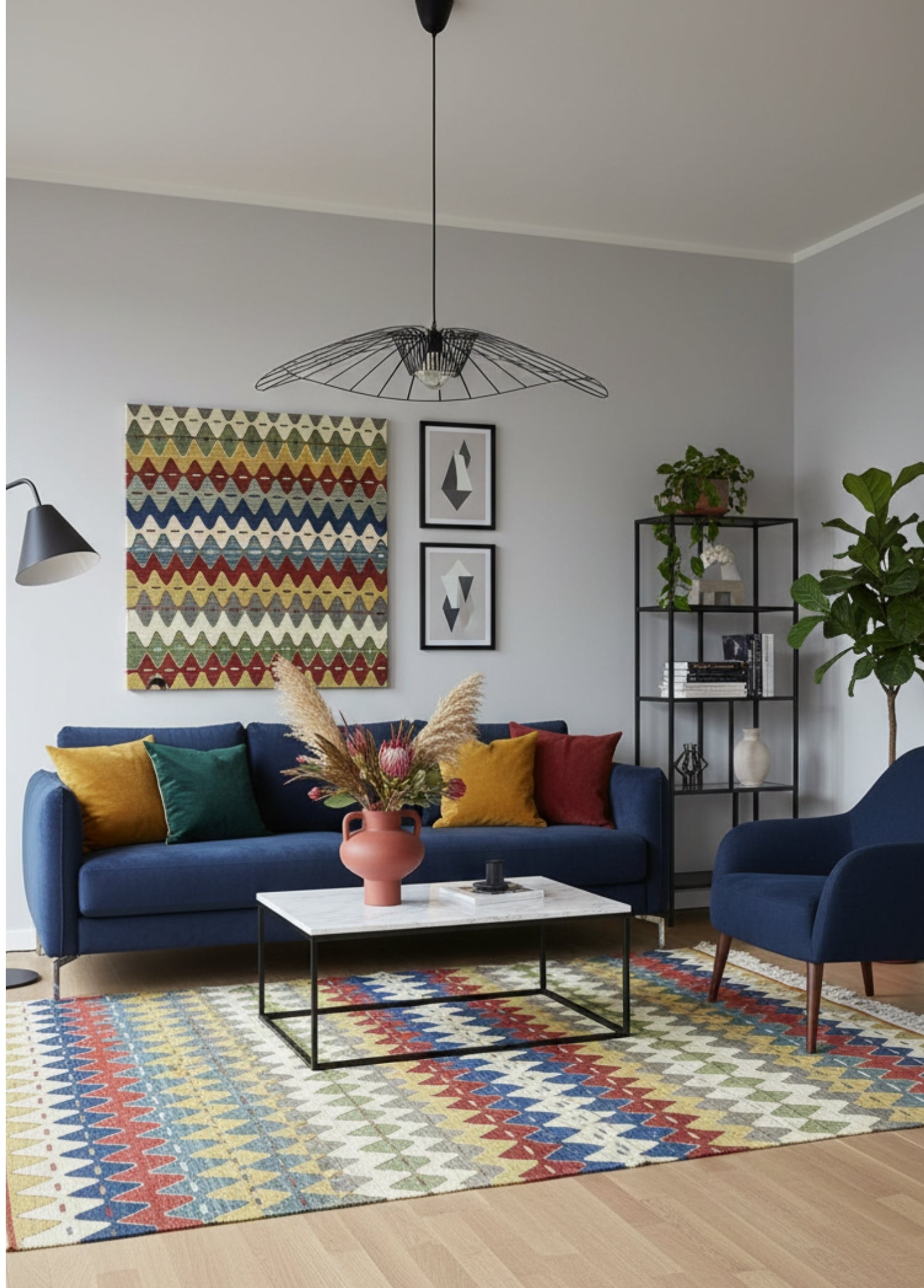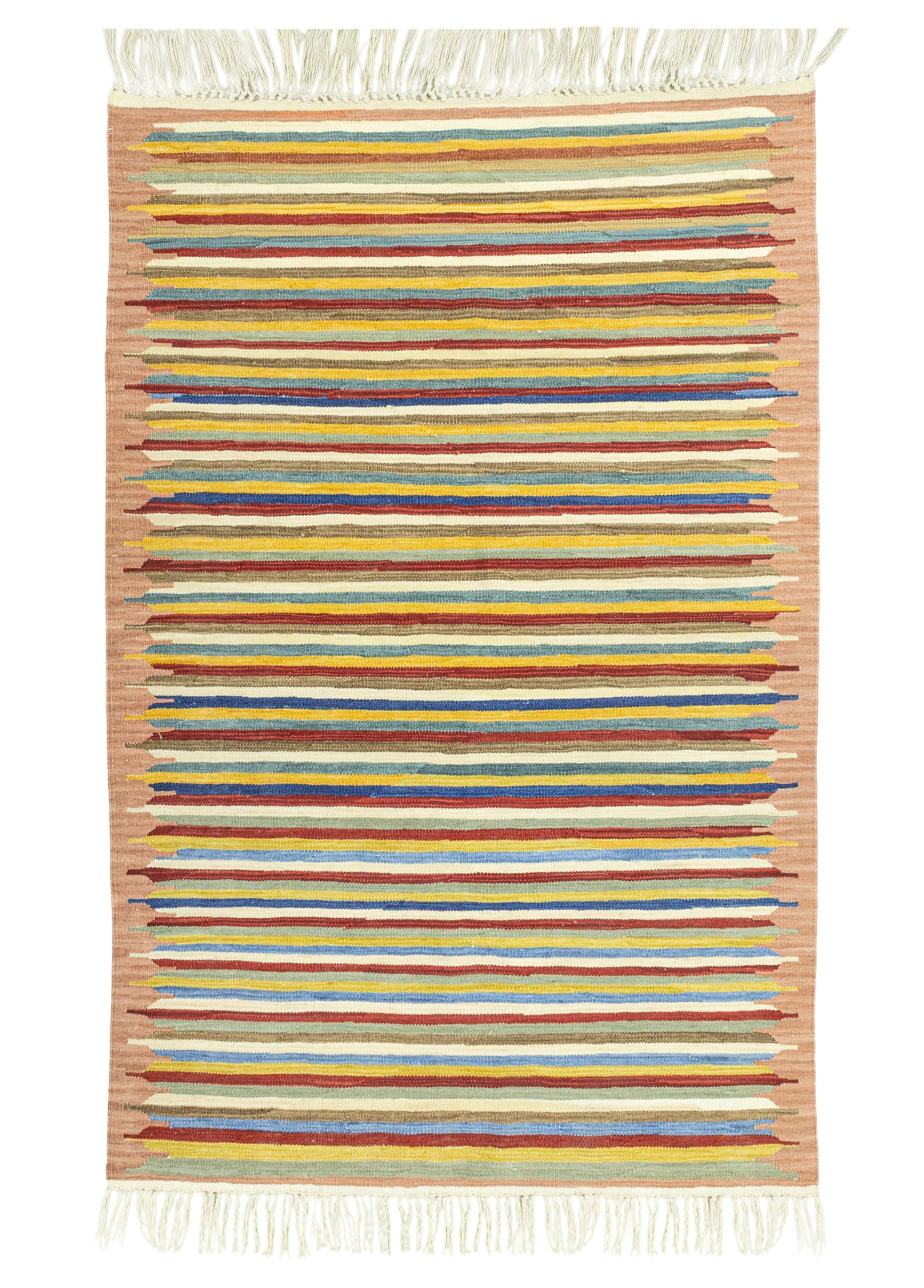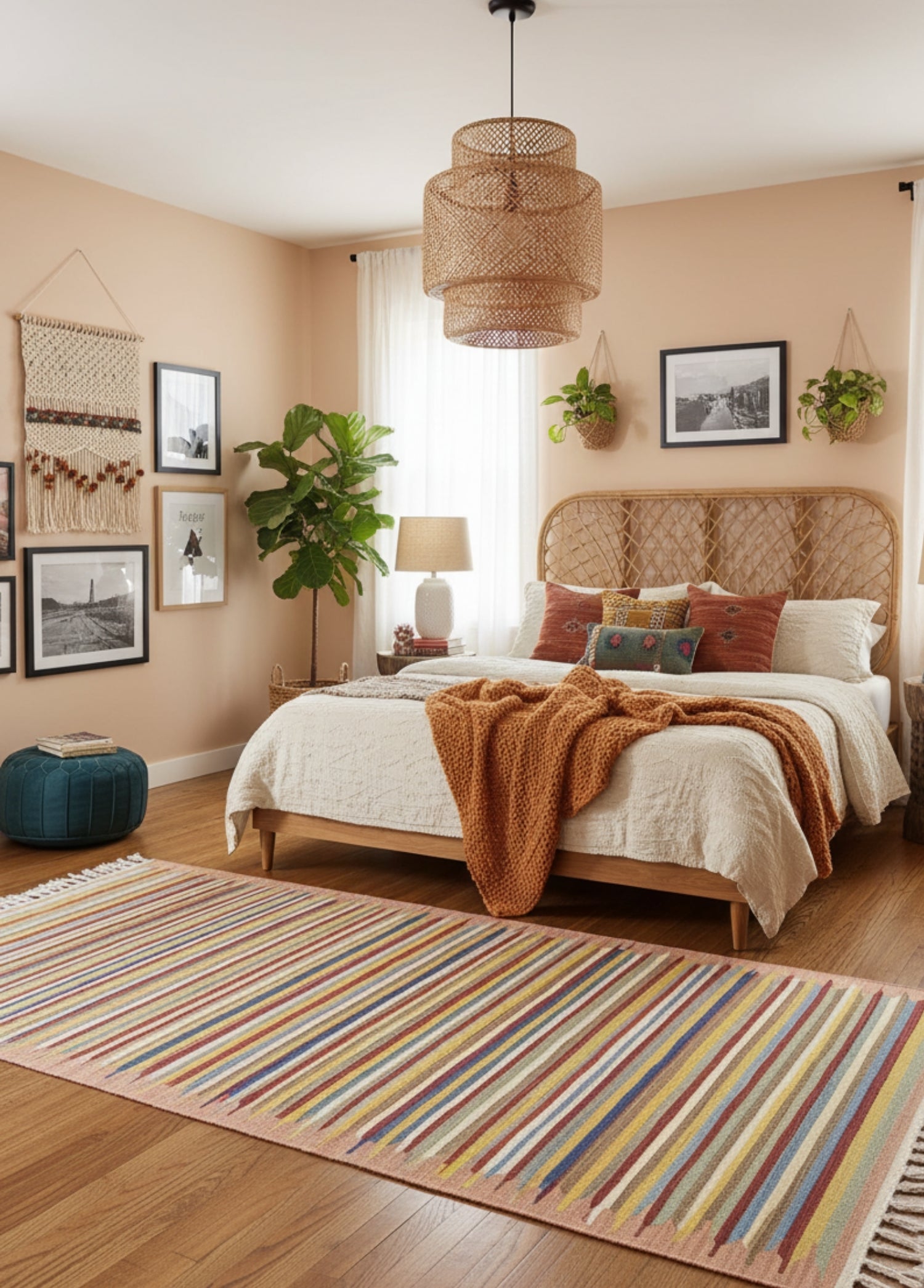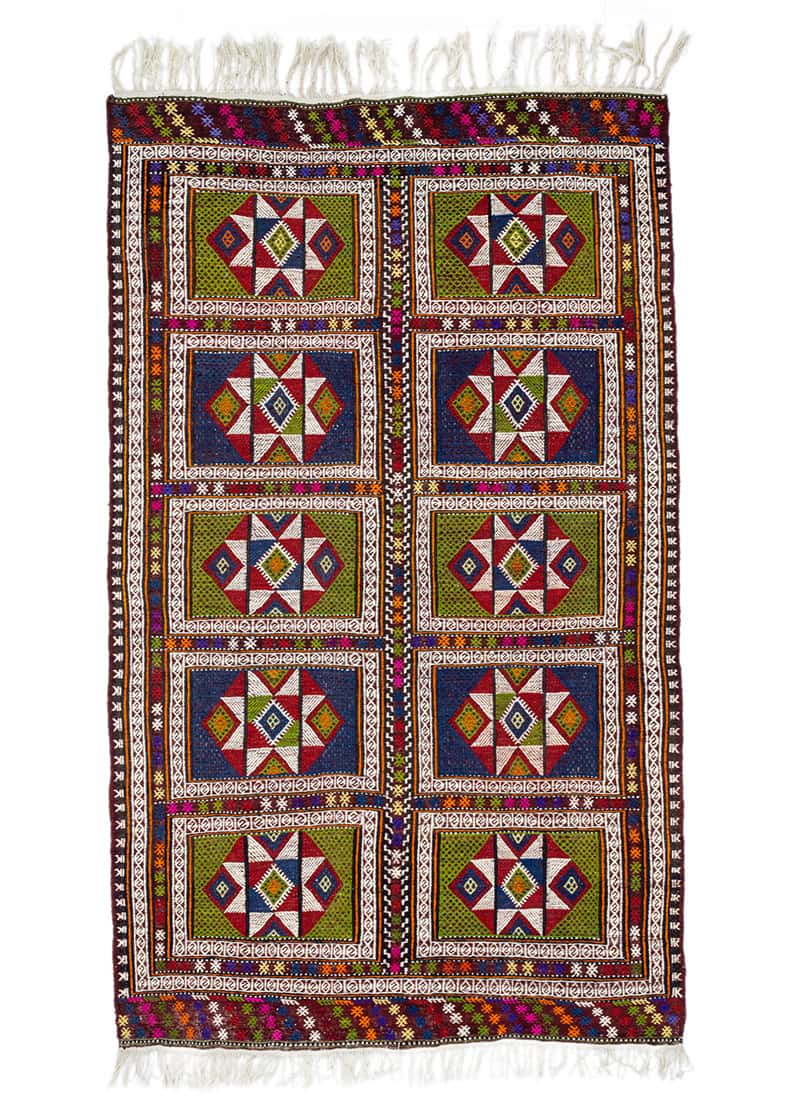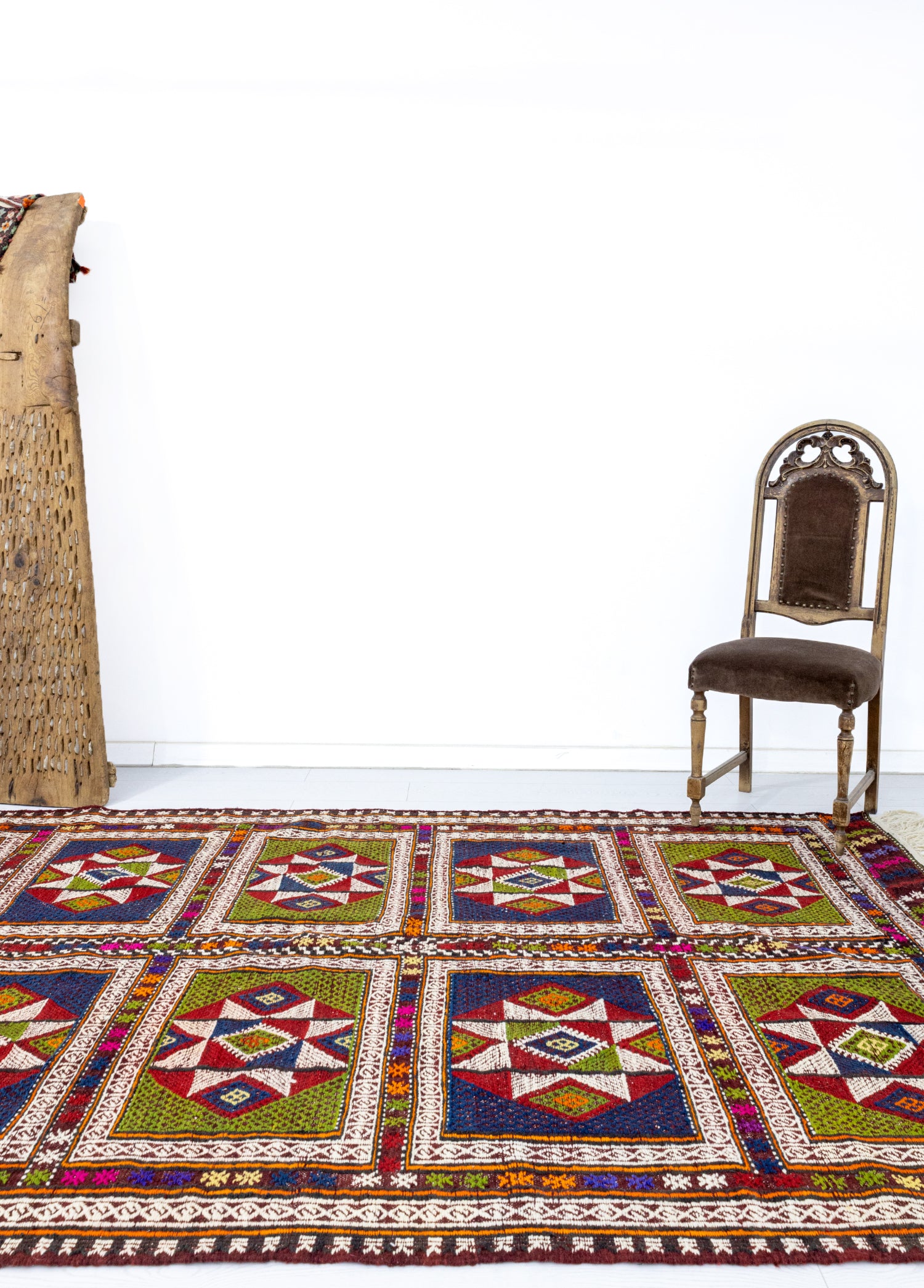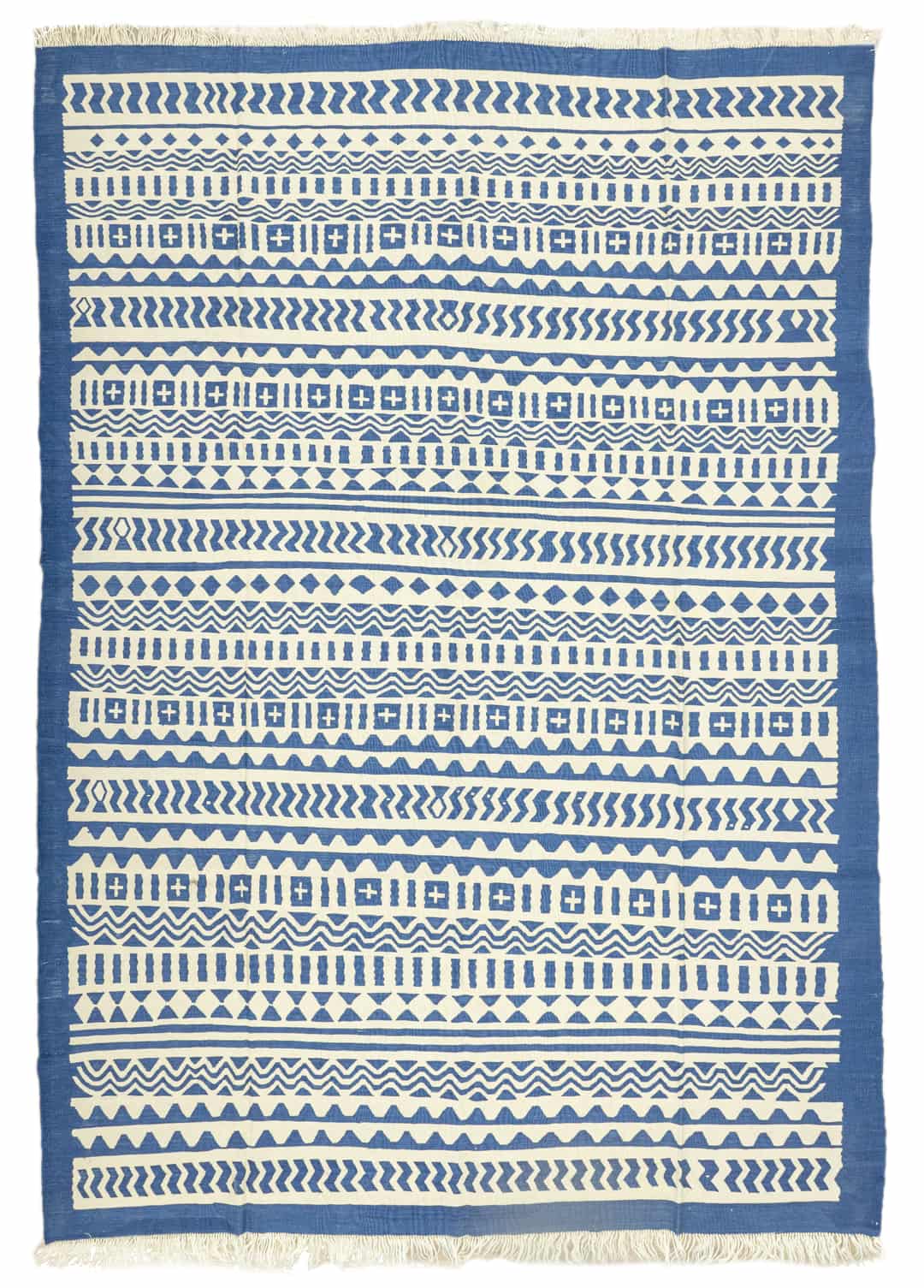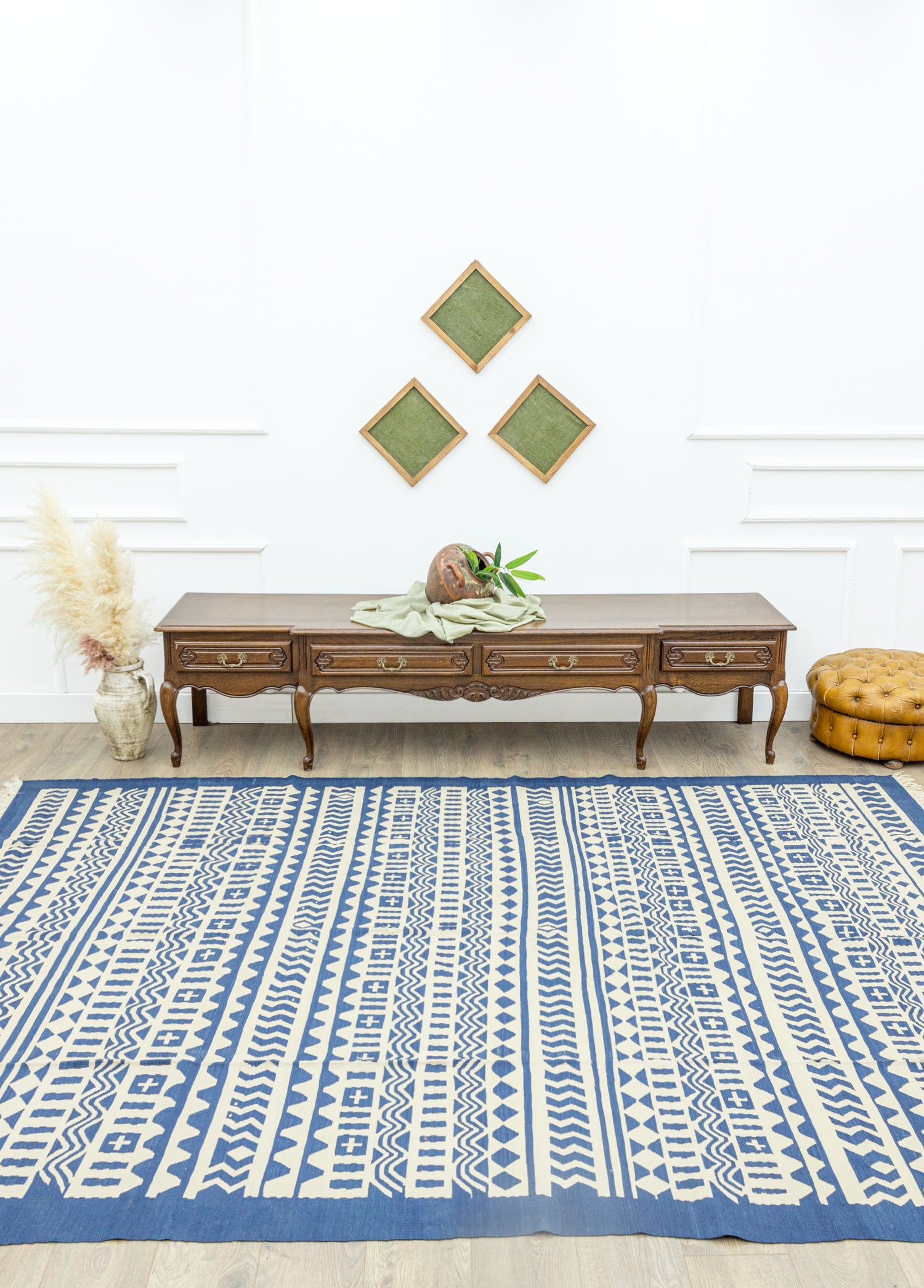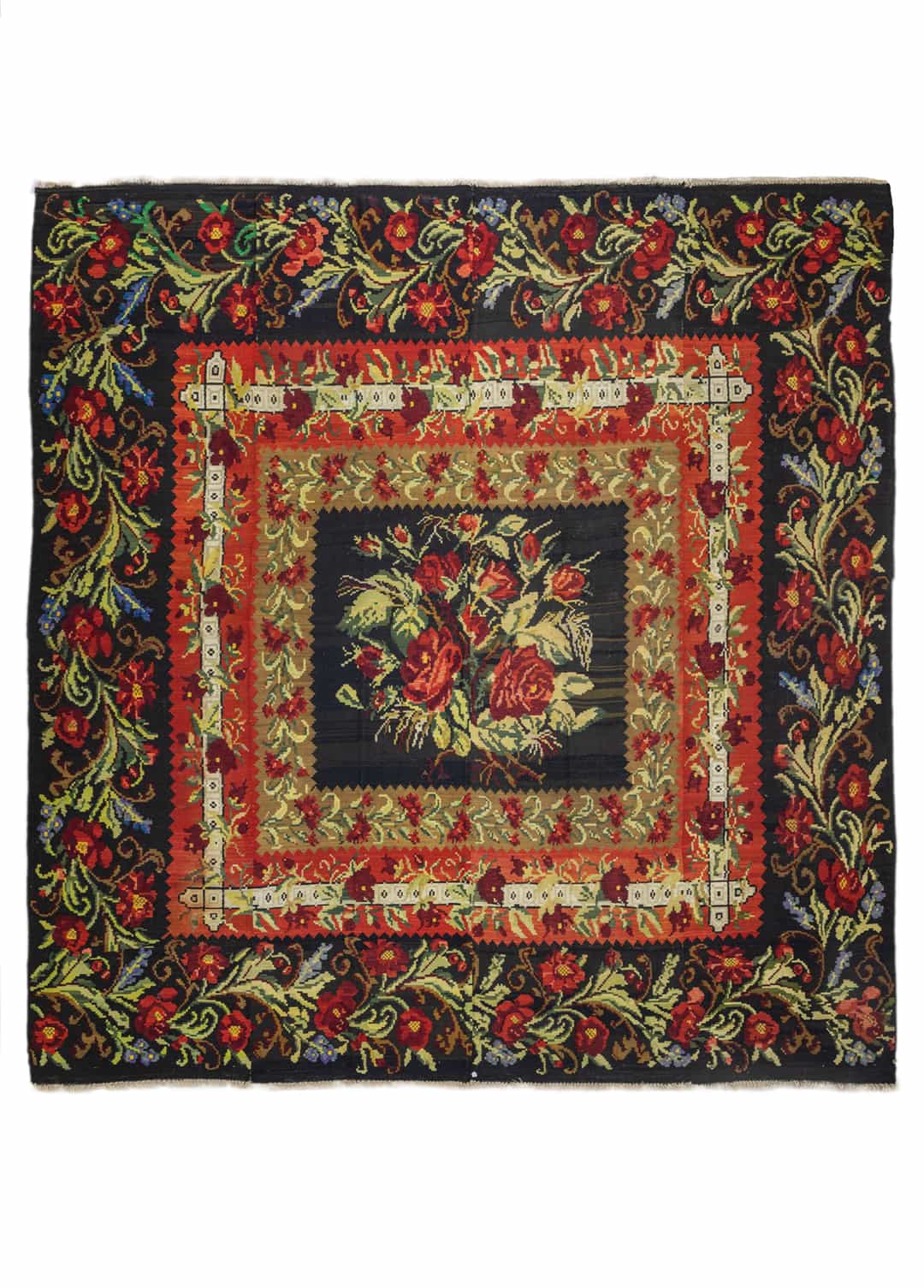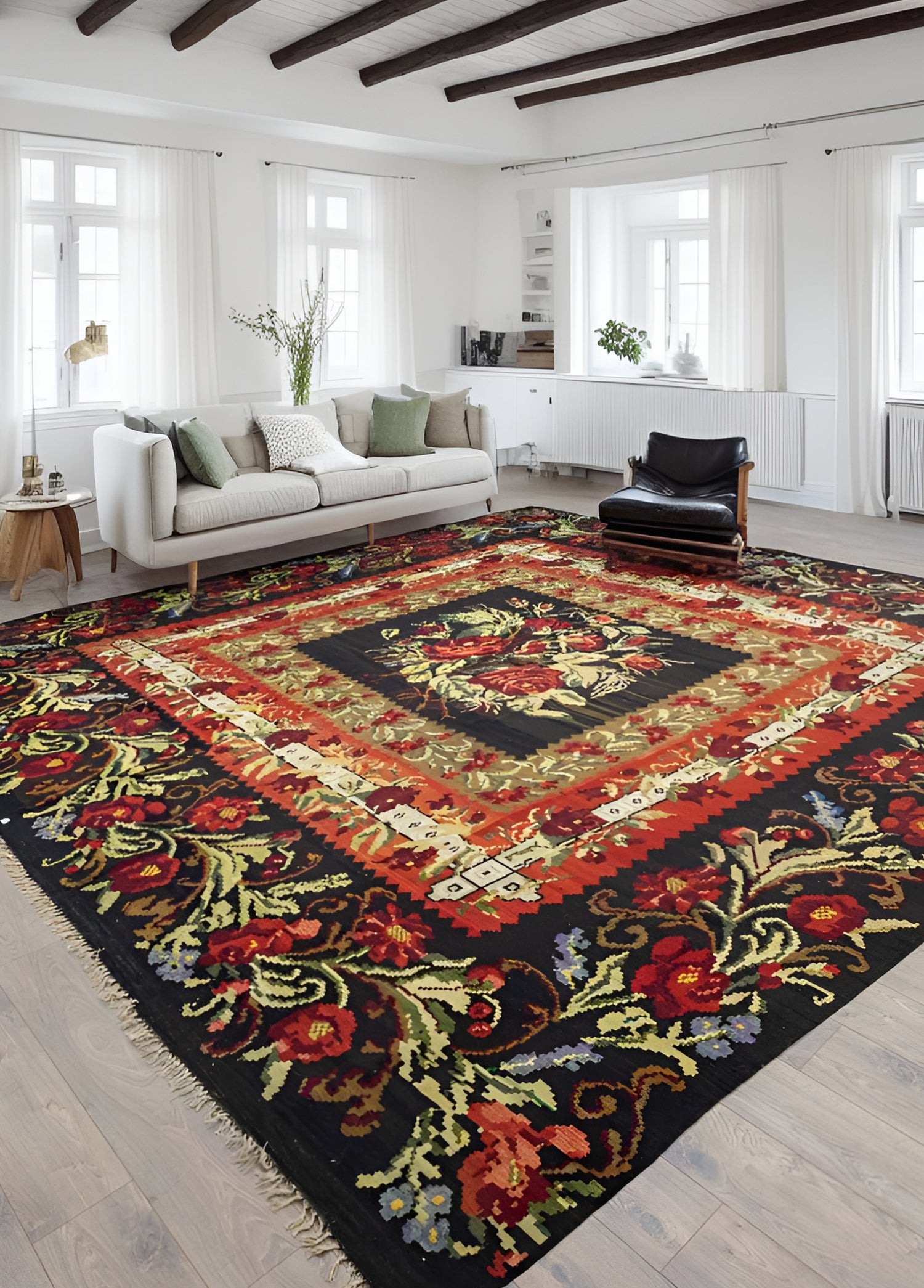Tulya Hand-Woven Modern Kilim 148x199 cm
Regular price
100,000.00TL
Sale price
100,000.00TL
Regular price
Choose your option
Sara Traditional Karabakh Kilim 233x356 cm
Regular price
110,000.00TL
Sale price
110,000.00TL
Regular price
Choose your option
Liber Geometric Design Karabakh Kilim 233x355 cm
Regular price
110,000.00TL
Sale price
110,000.00TL
Regular price
Choose your option
Ebren Geometric Hand-Woven Kilim 171x185 cm
Regular price
45,000.00TL
Sale price
45,000.00TL
Regular price
Choose your option
Zafir Dekoratif El Dokuma Karabağ Kilim 270x348 cm
Regular price
170,000.00TL
Sale price
170,000.00TL
Regular price
Choose your option
Heper Abstract Patterned Wool Rug 119x162 cm
Regular price
60,000.00TL
Sale price
60,000.00TL
Regular price
Choose your option
Mirva Modern Design Wool Kilim 113x175 cm
Regular price
60,000.00TL
Sale price
60,000.00TL
Regular price
Choose your option
Lilac Decorative Hand-Woven Kilim 118x213 cm
Regular price
65,000.00TL
Sale price
65,000.00TL
Regular price
Choose your option
Kadio Floral Patterned Wool Kilim 156x209 cm
Regular price
70,000.00TL
Sale price
70,000.00TL
Regular price
Choose your option
Girelli Abstract Patterned Wool Kilim 116x180 cm
Regular price
60,000.00TL
Sale price
60,000.00TL
Regular price
Choose your option
Purple Color Hand Woven Kilim 119x177 cm
Regular price
60,000.00TL
Sale price
60,000.00TL
Regular price
Choose your option
Lilith Hand-Woven Modern Kilim 115x172 cm
Regular price
60,000.00TL
Sale price
60,000.00TL
Regular price
Choose your option
Sadun Abstract Design Wool Kilim 115x167 cm
Regular price
60,000.00TL
Sale price
60,000.00TL
Regular price
Choose your option
Norcis Hand-Woven Yellow Kilim 109x168 cm
Regular price
60,000.00TL
Sale price
60,000.00TL
Regular price
Choose your option
Zeta Zebra Patterned Hand Woven Kilim 111x176 cm
Regular price
60,000.00TL
Sale price
60,000.00TL
Regular price
Choose your option
Armiya Modern Hand-Woven Wool Kilim 120x171 cm
Regular price
60,000.00TL
Sale price
60,000.00TL
Regular price
Choose your option
Samuel Striped Hand-Woven Kilim 110x174 cm
Regular price
60,000.00TL
Sale price
60,000.00TL
Regular price
Choose your option
Zerda Hand-Woven Geometric Patterned Cicim Rug 170x290 cm
Regular price
50,000.00TL
Sale price
50,000.00TL
Regular price
Choose your option
Zenge Primitive Design Wool Rug 231x311 cm
Regular price
250,000.00TL
Sale price
250,000.00TL
Regular price
Choose your option
Zemfira Floral Patterned Hand-Woven Large Karabakh Kilim 470x476 cm
Regular price
600,000.00TL
Sale price
600,000.00TL
Regular price
